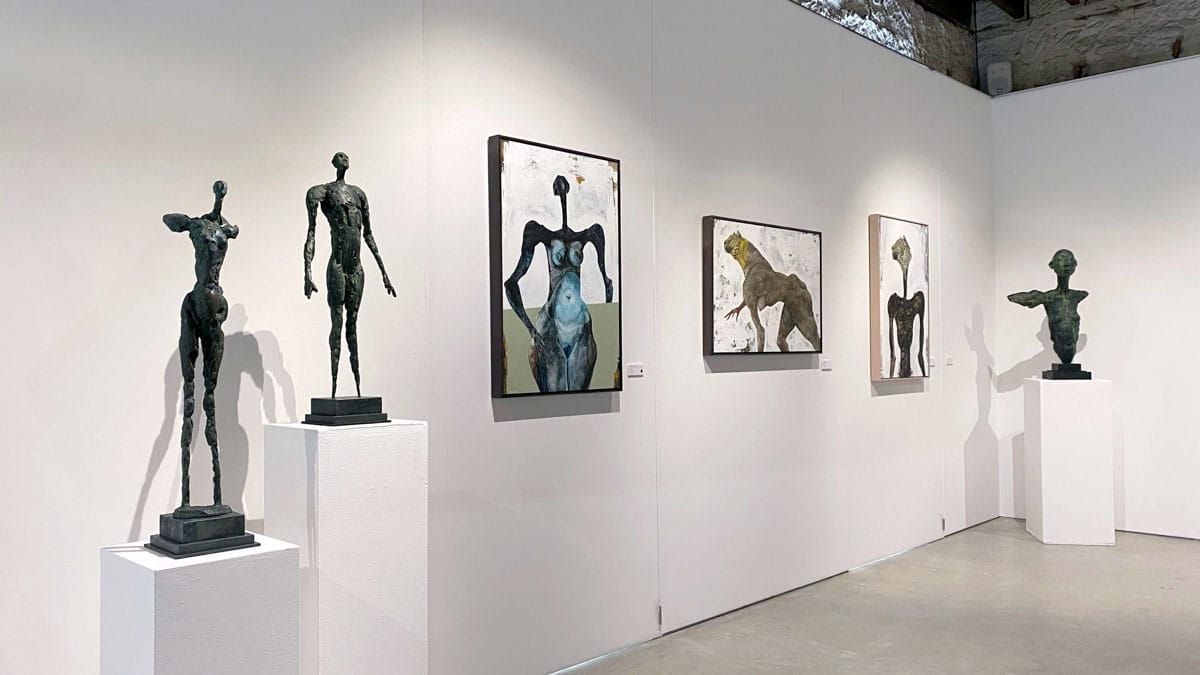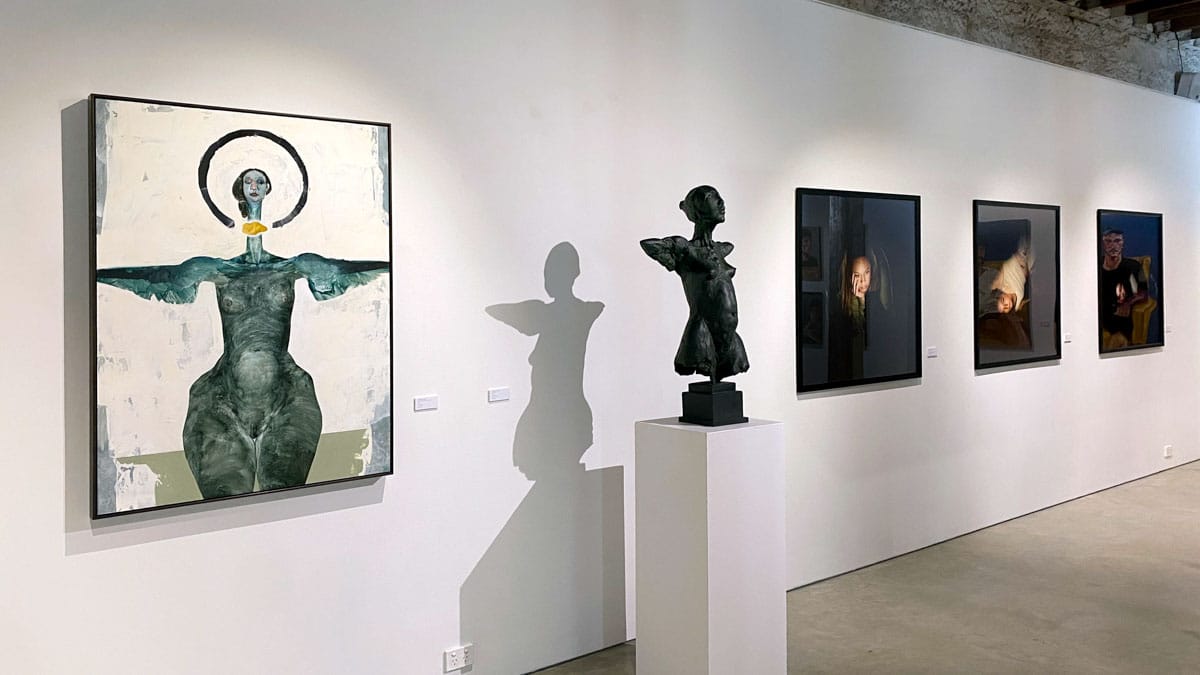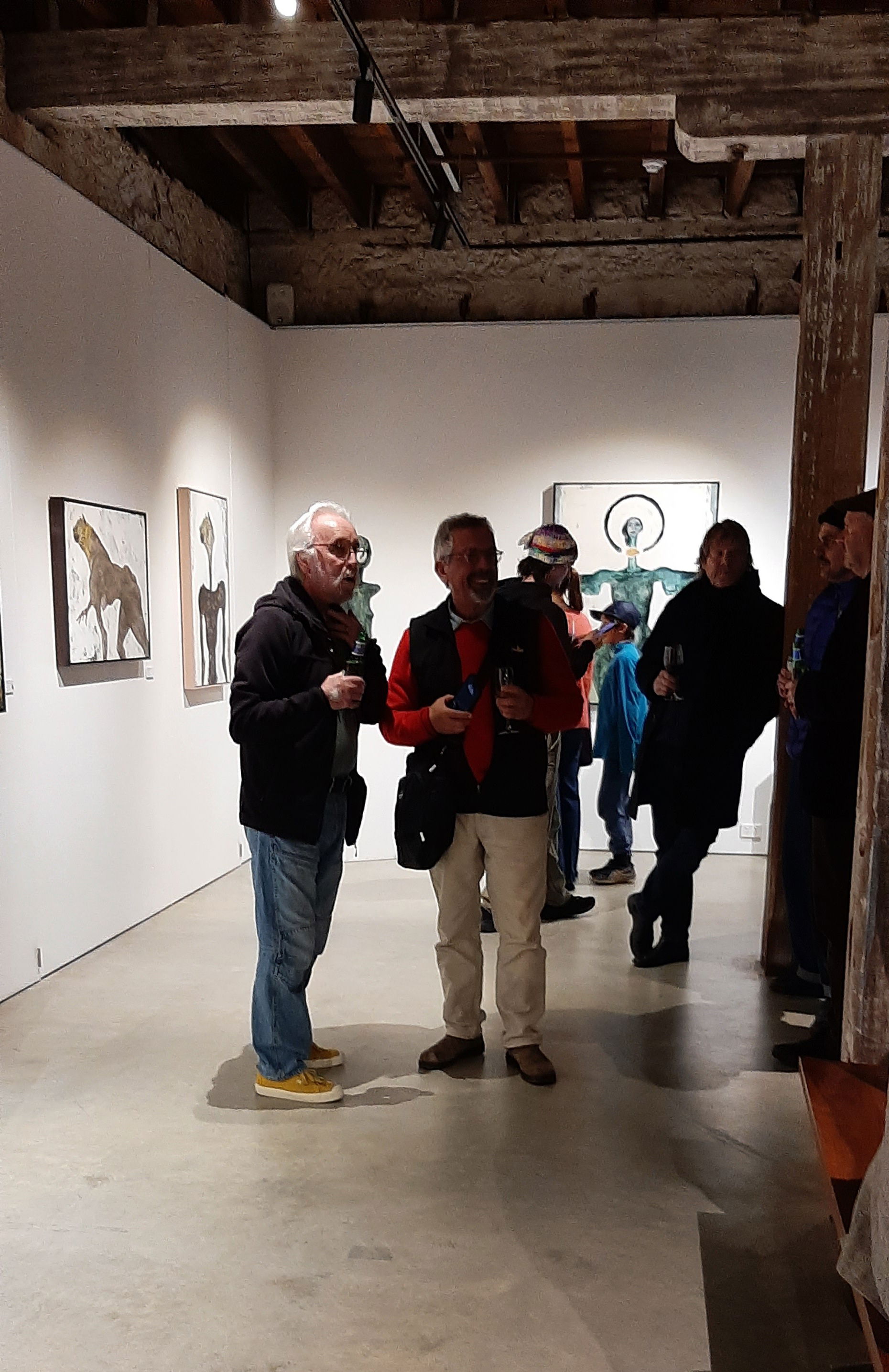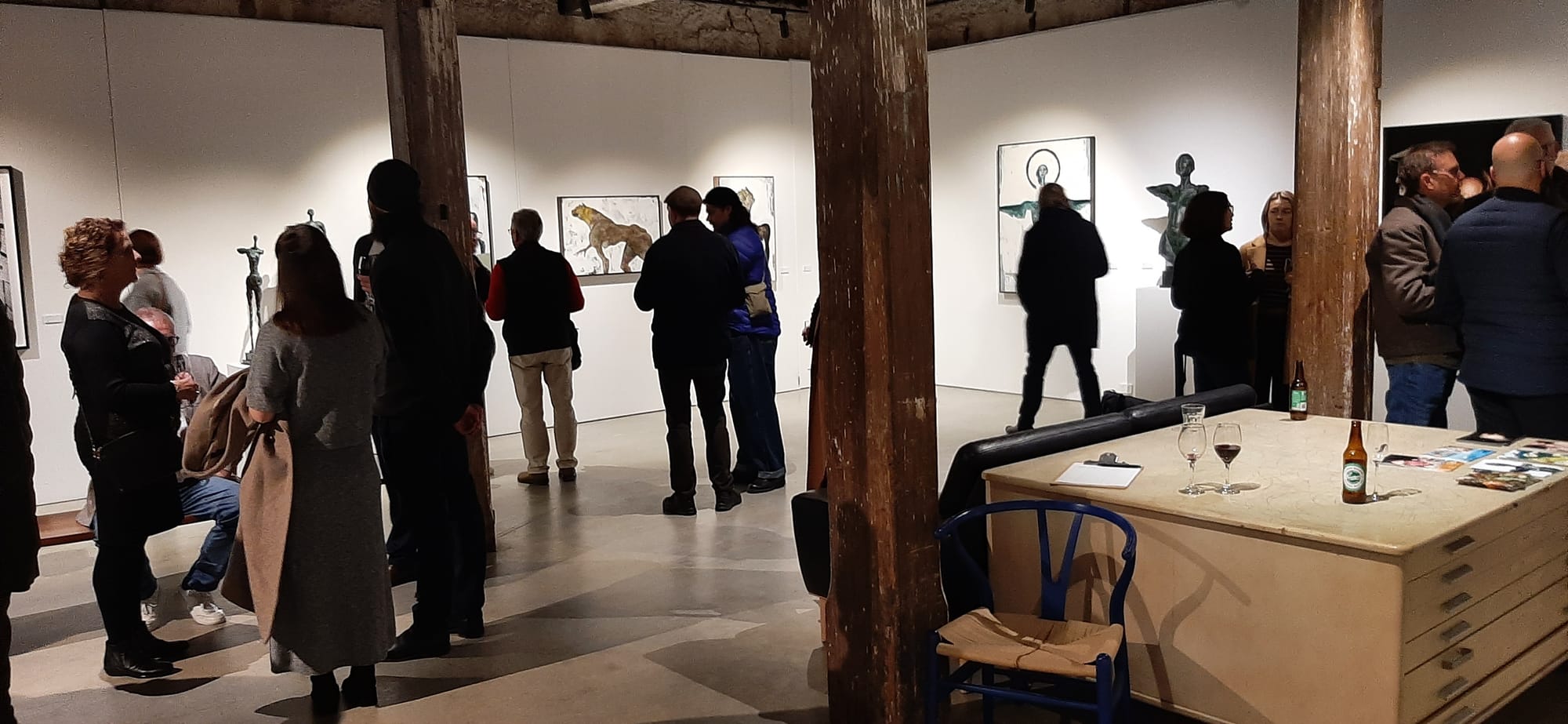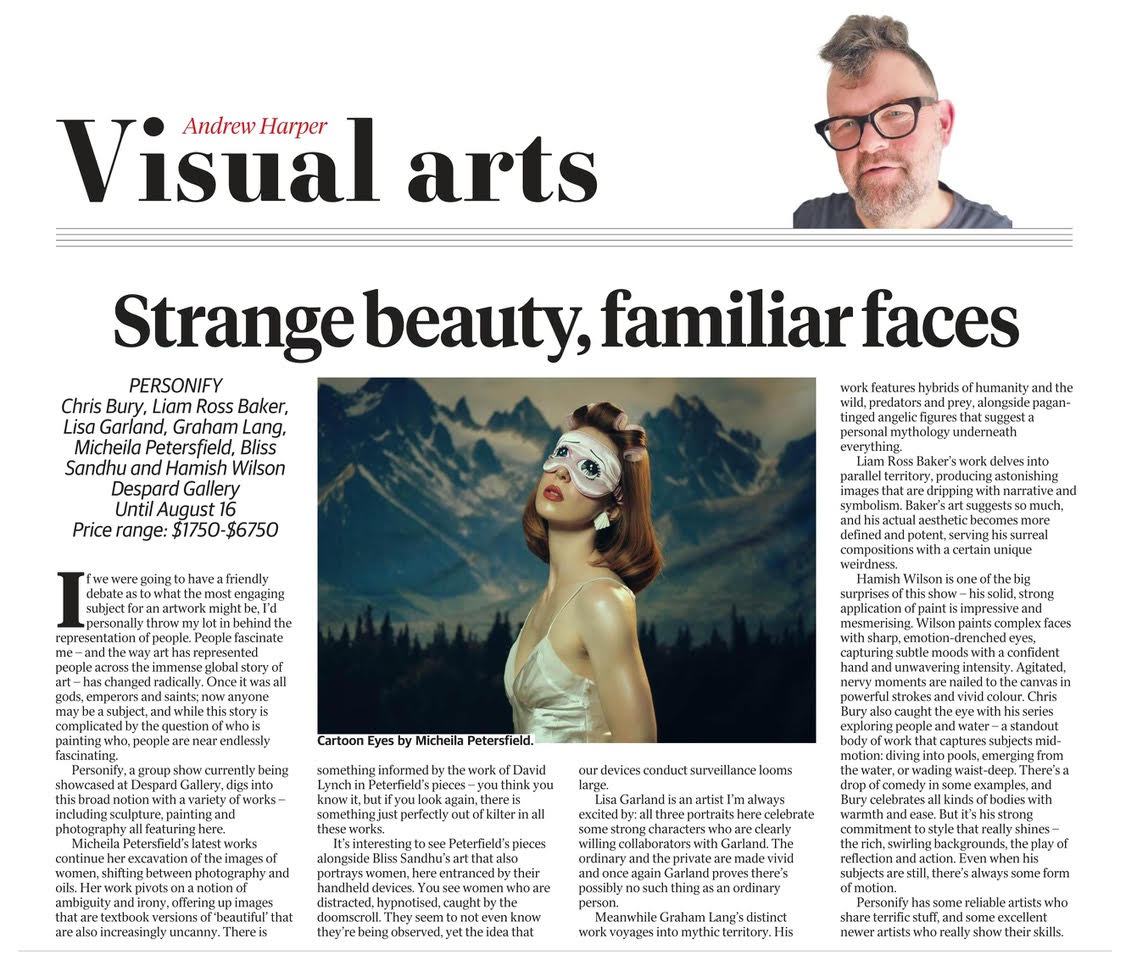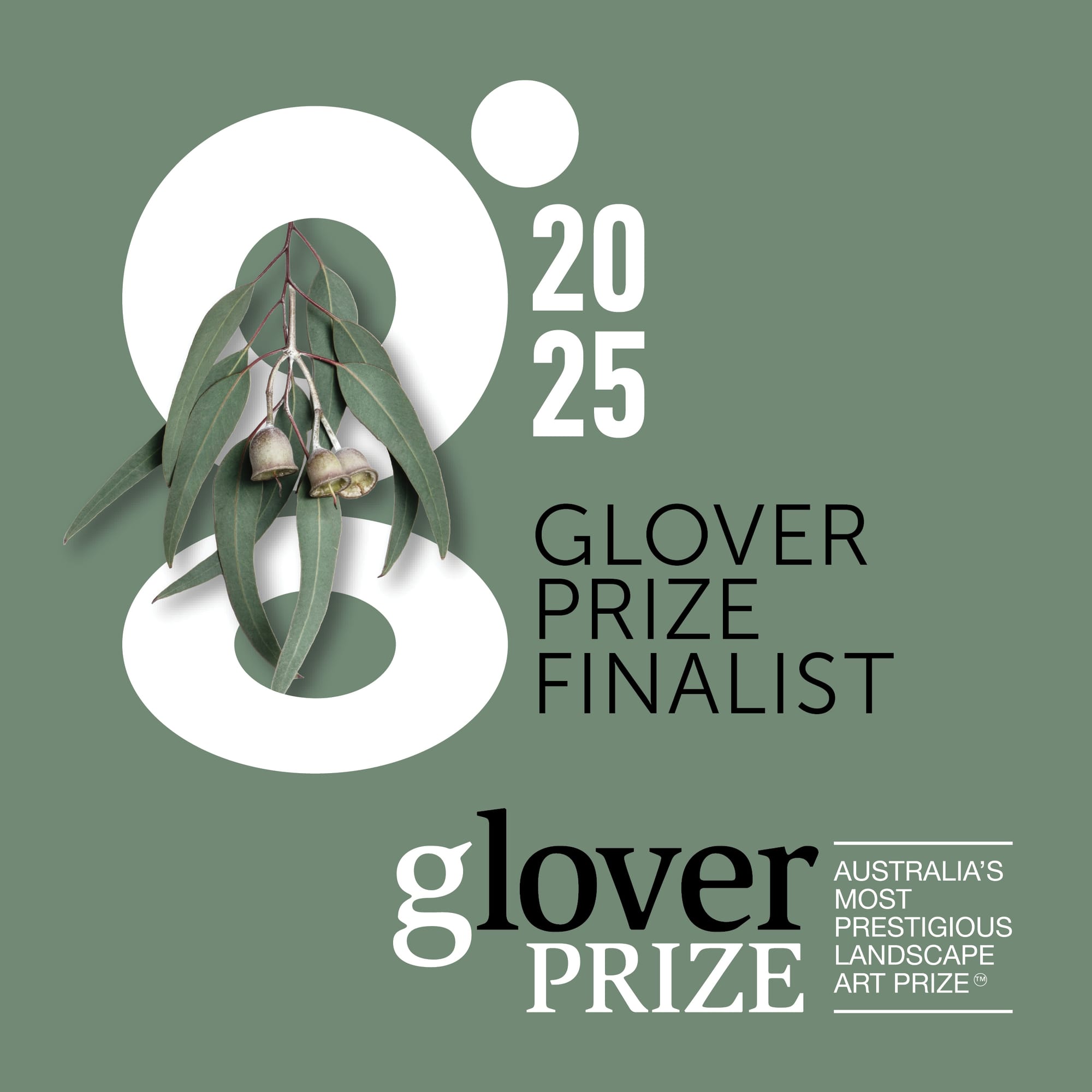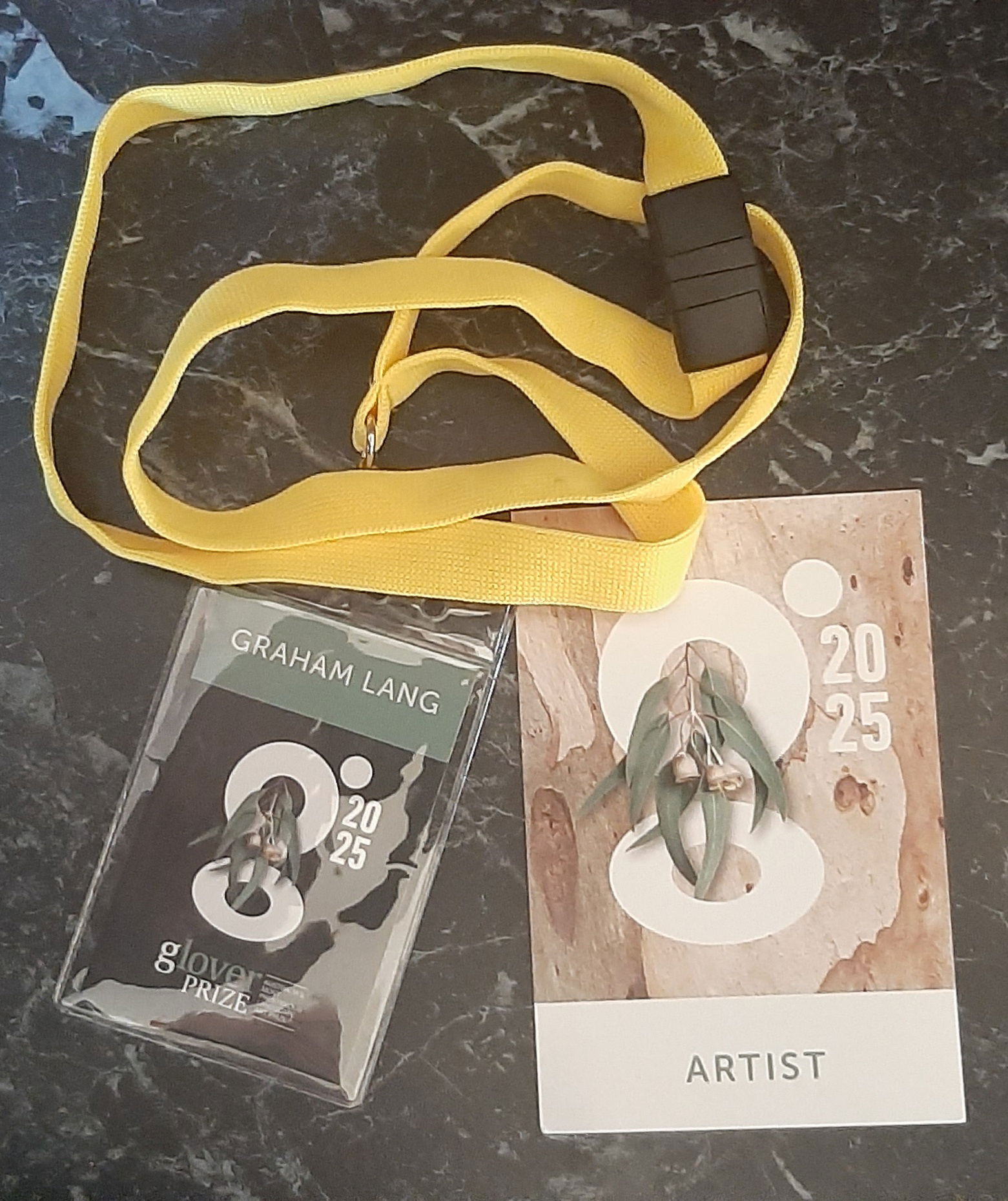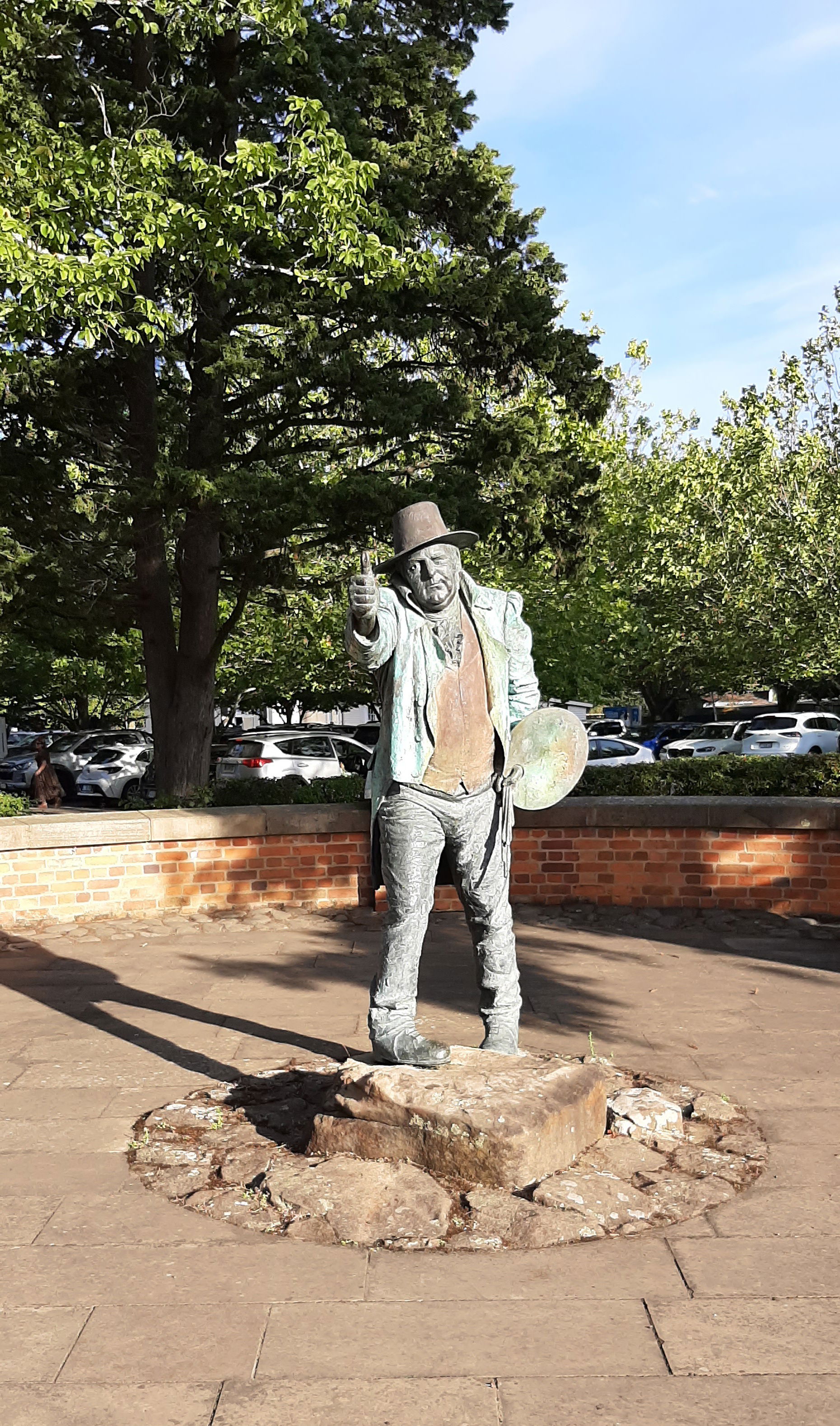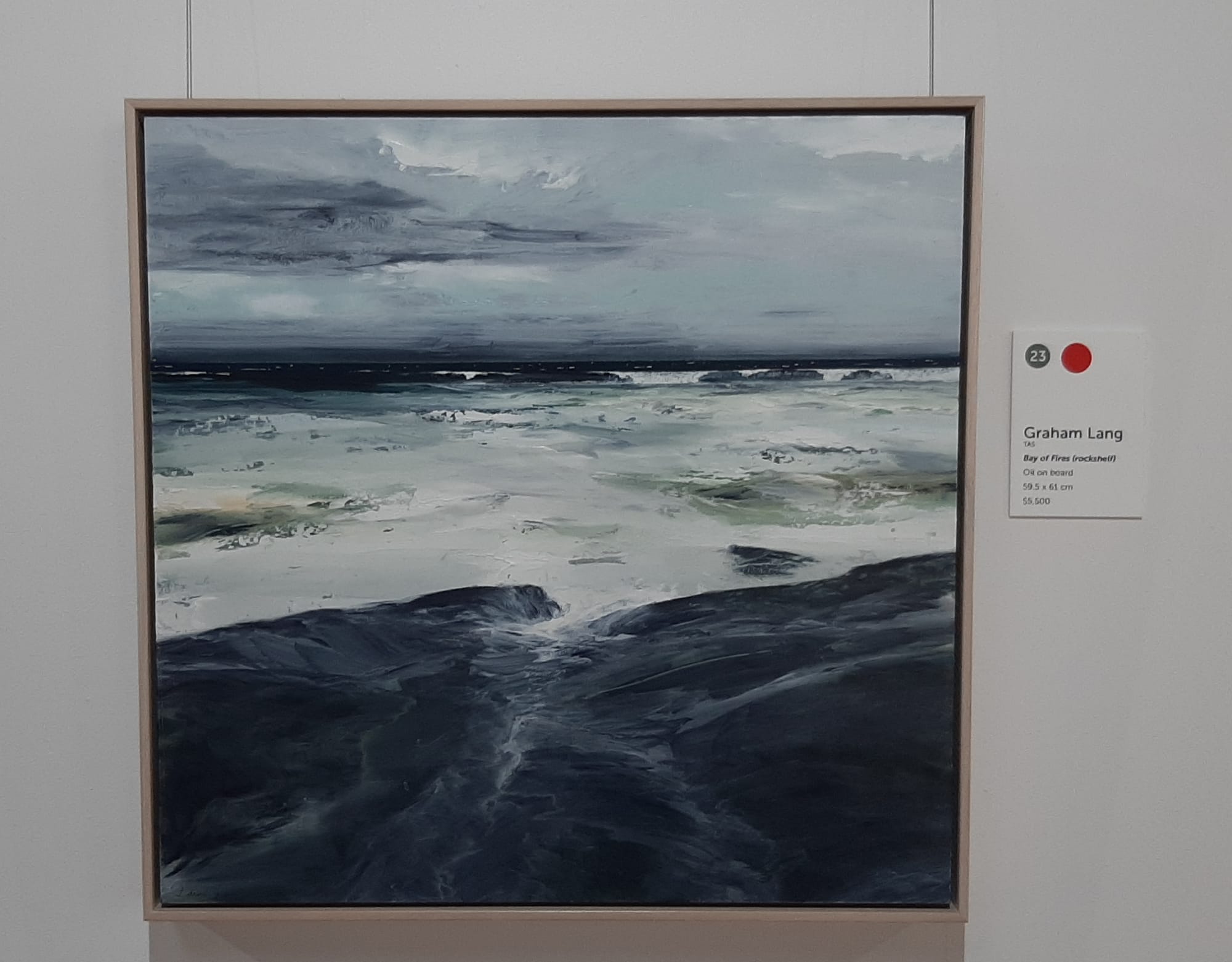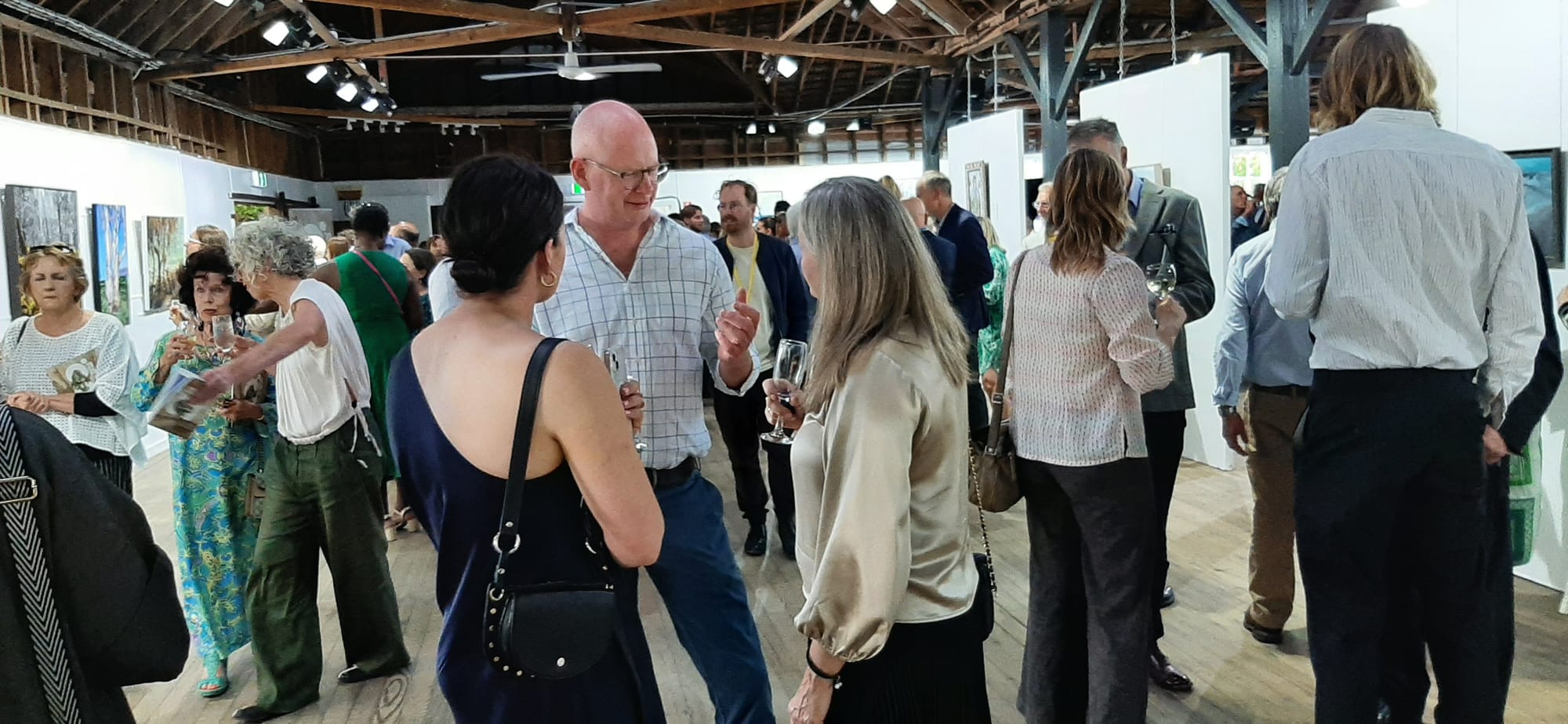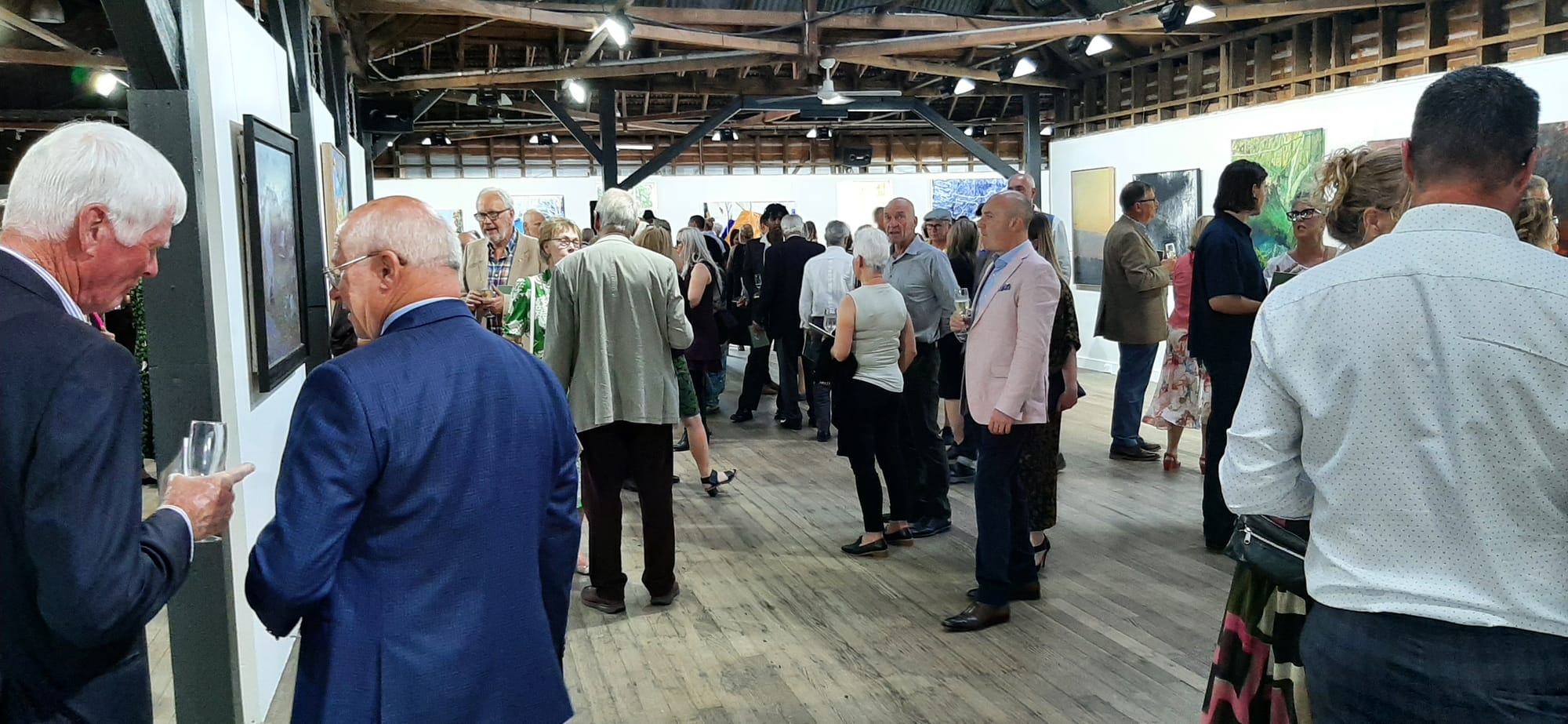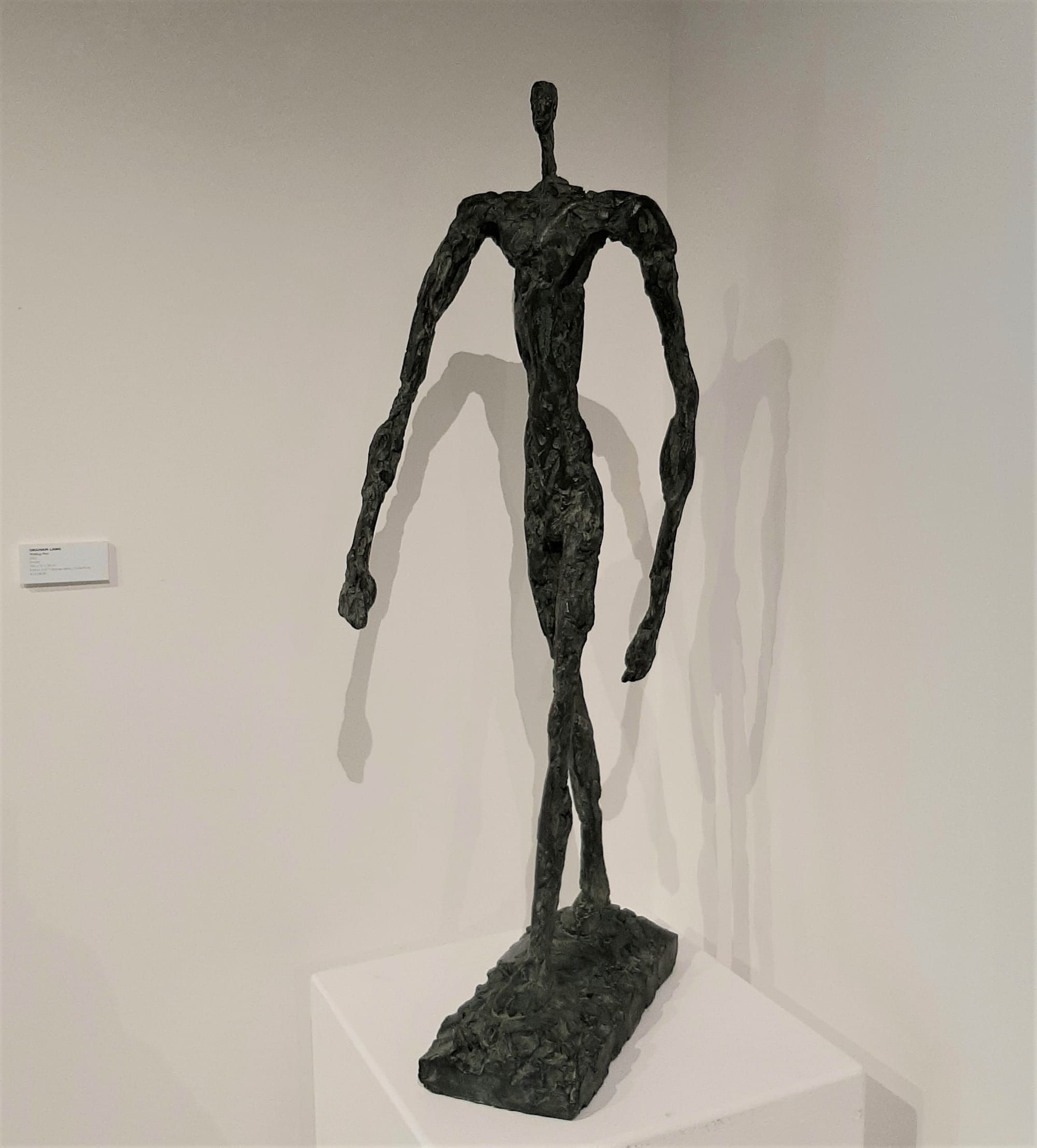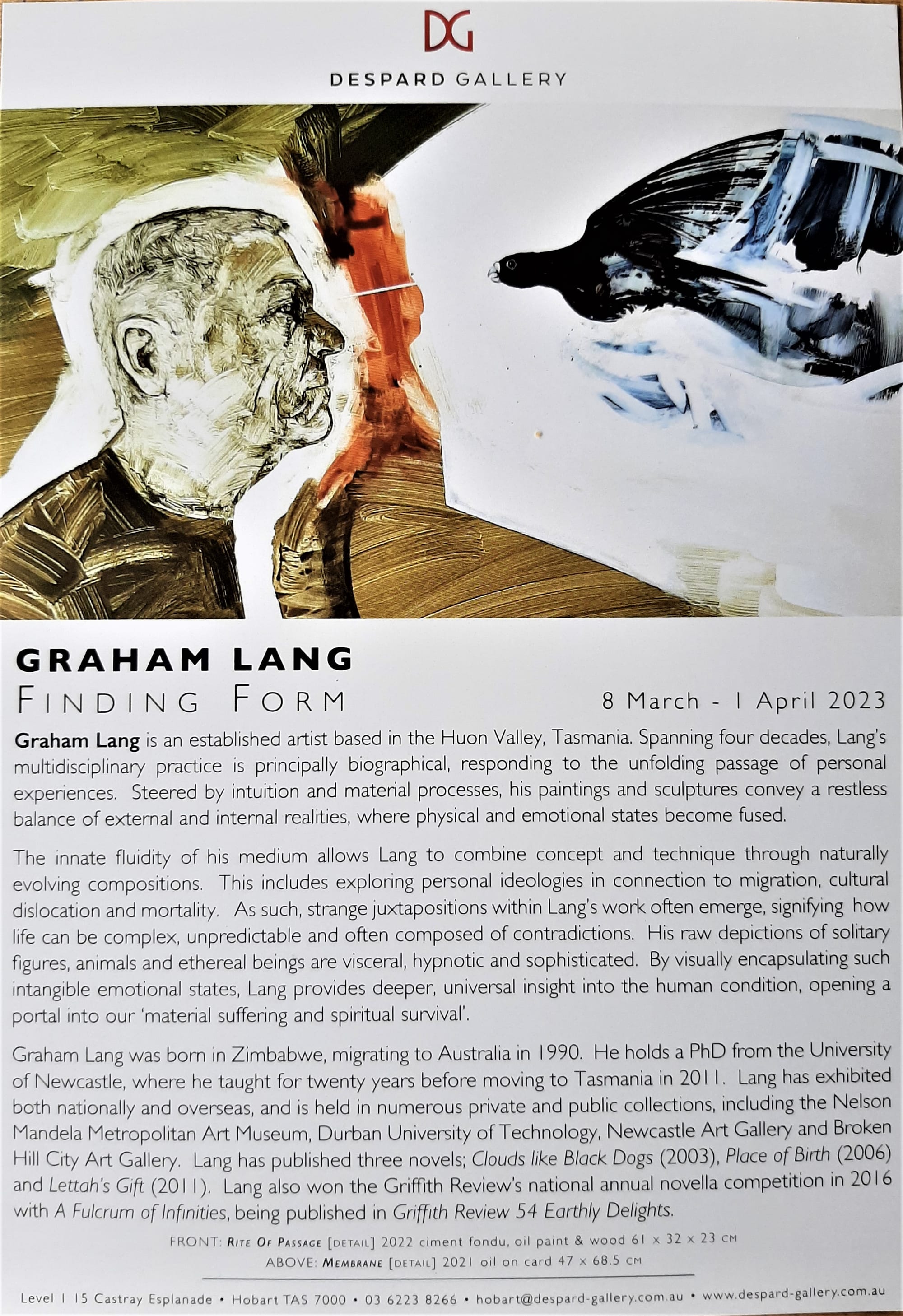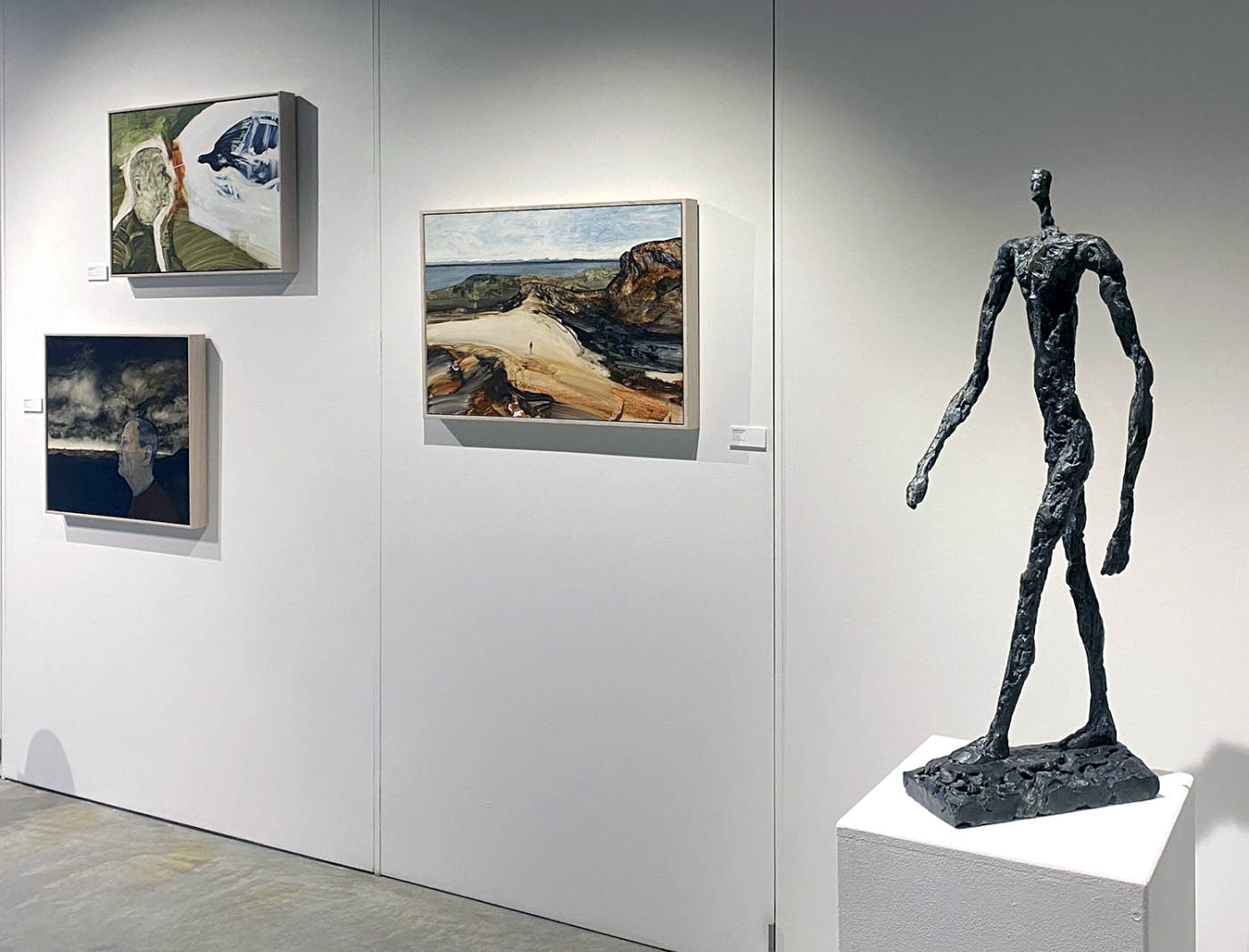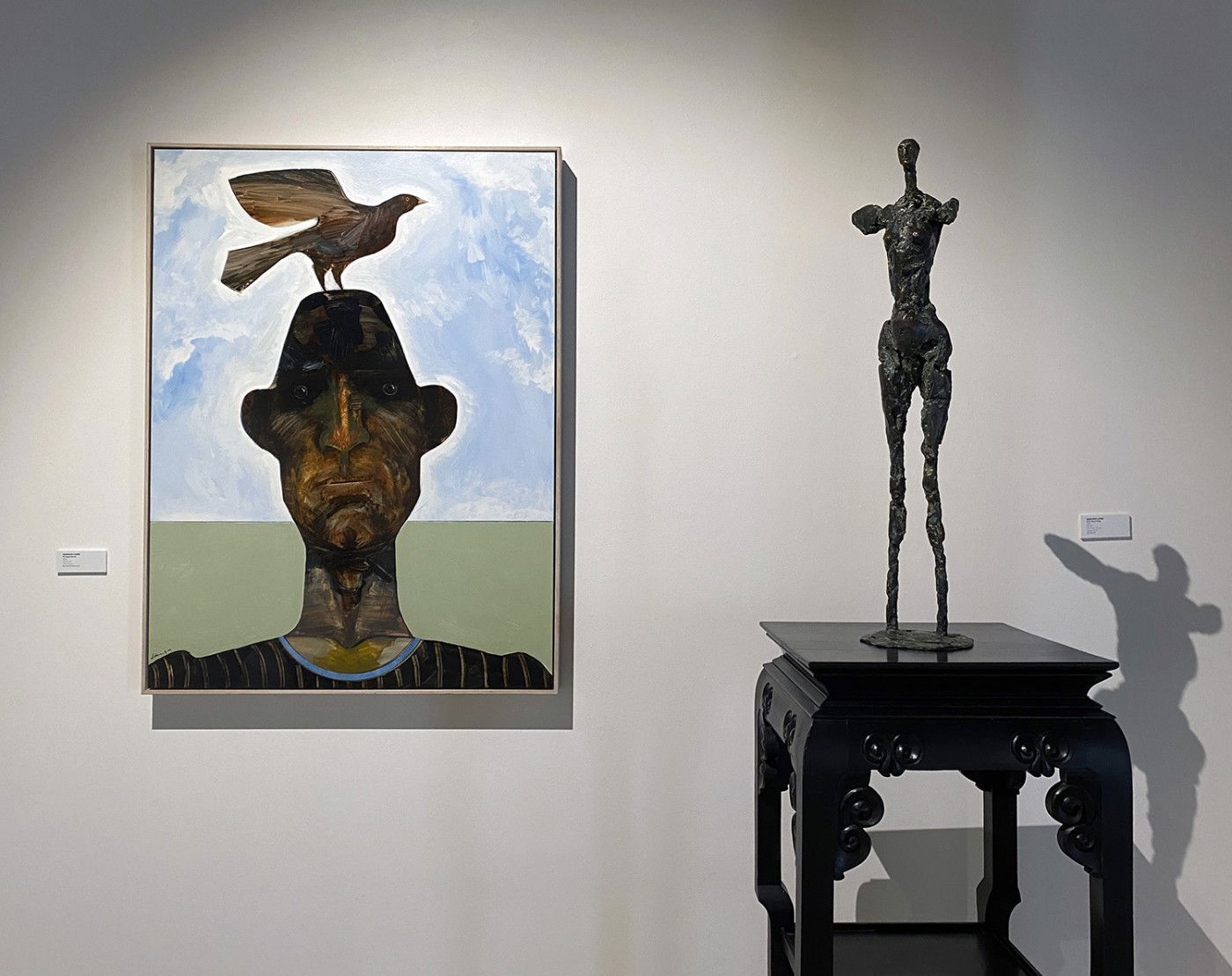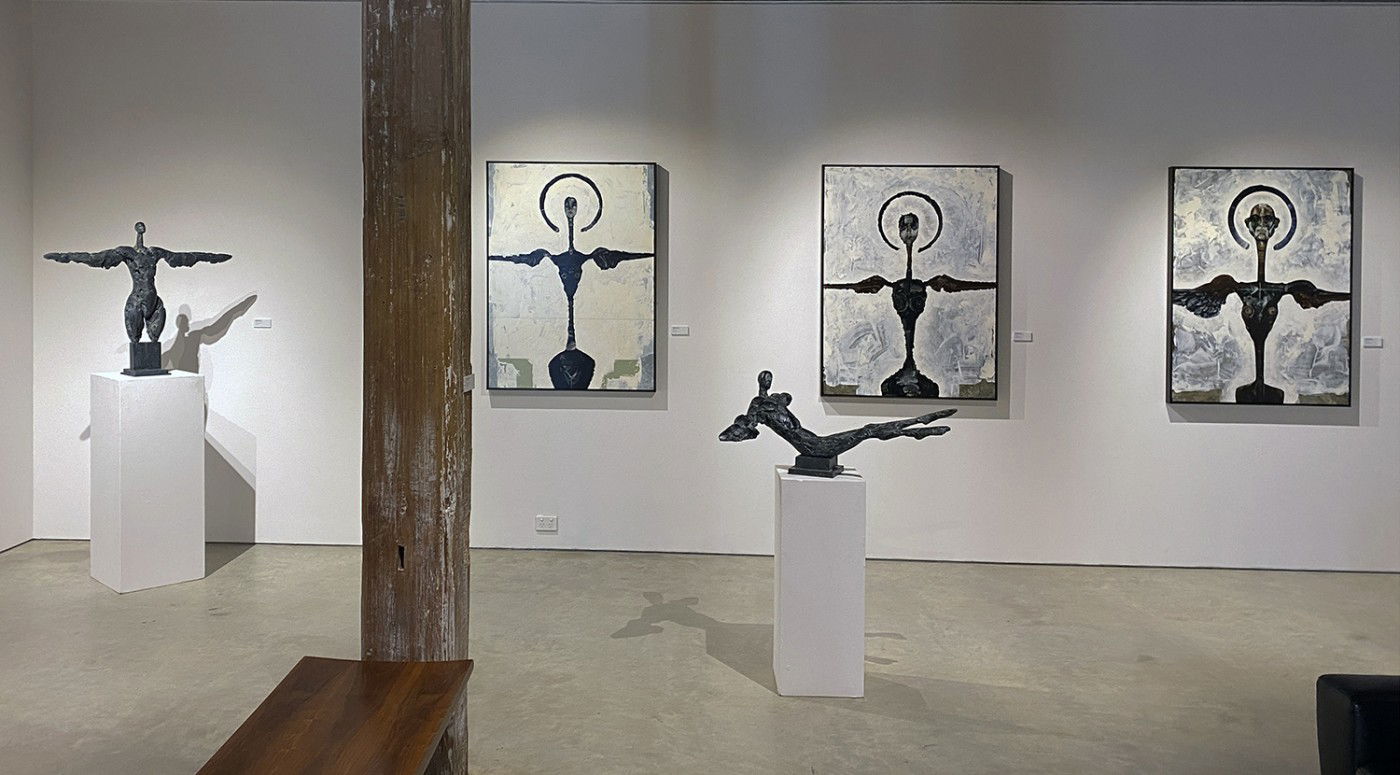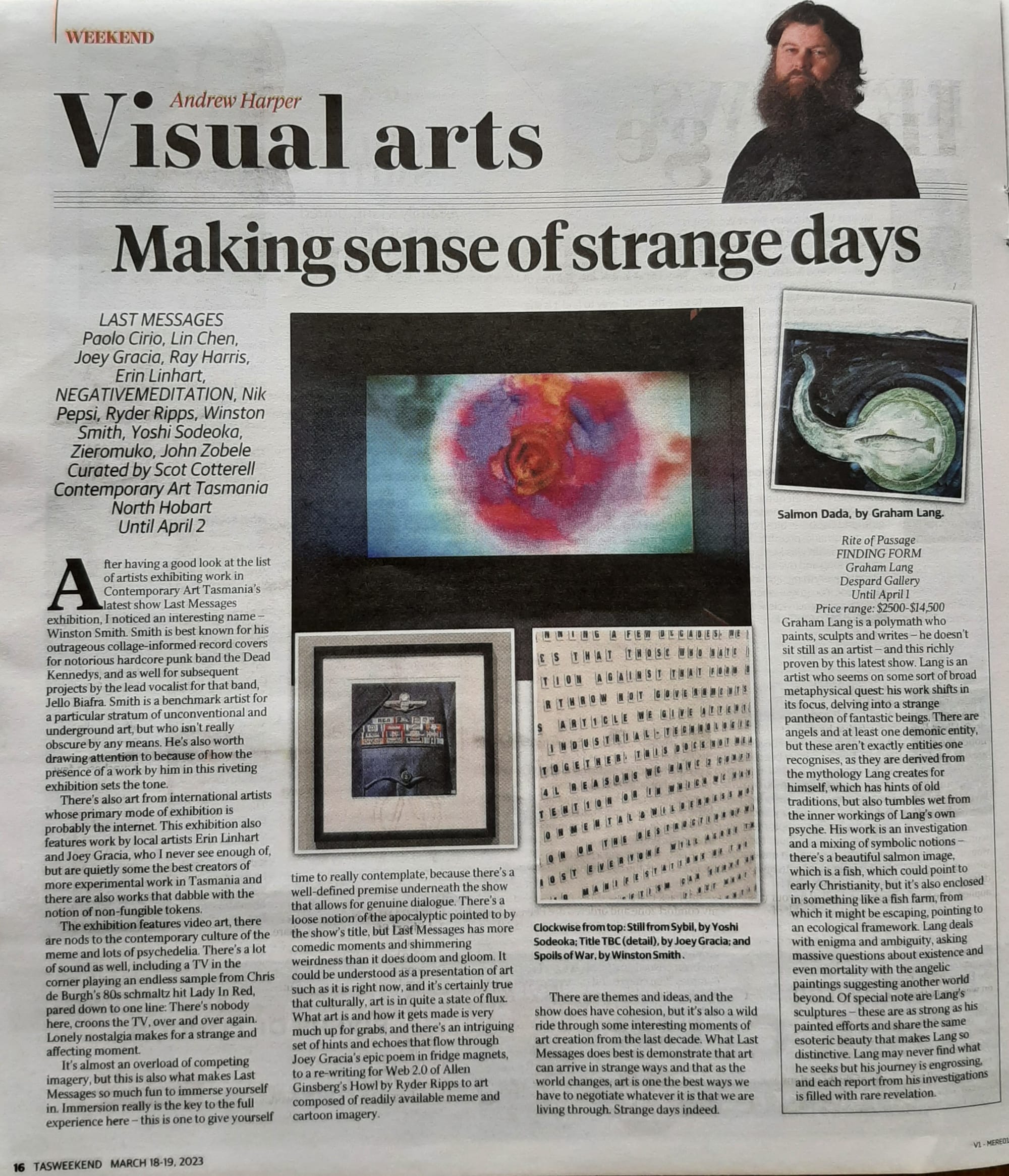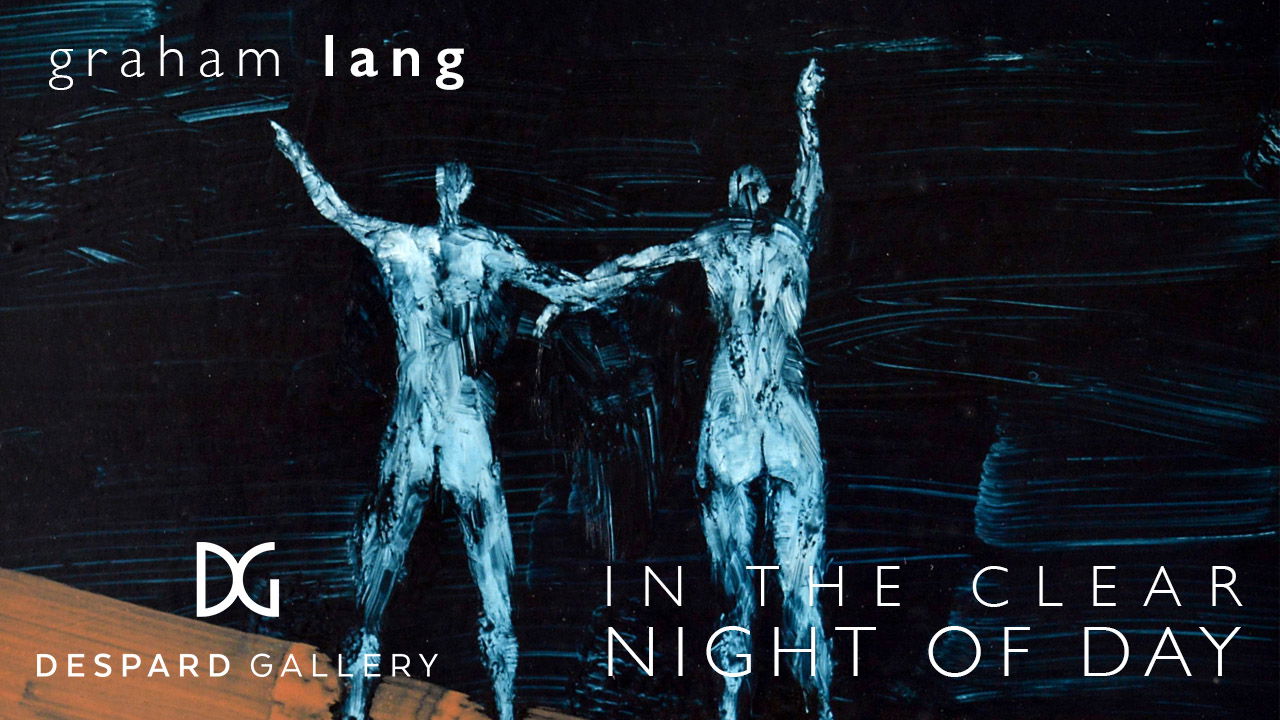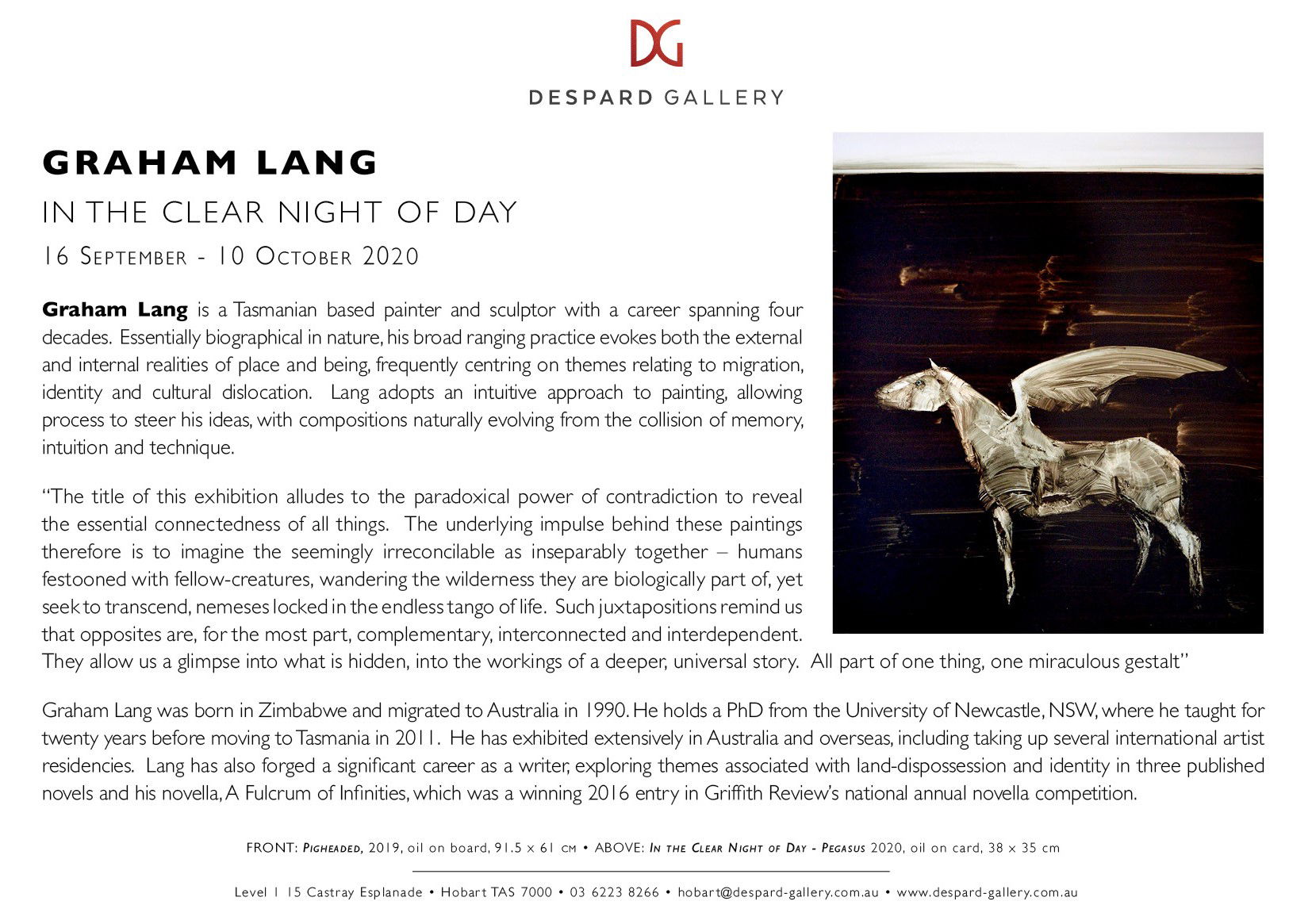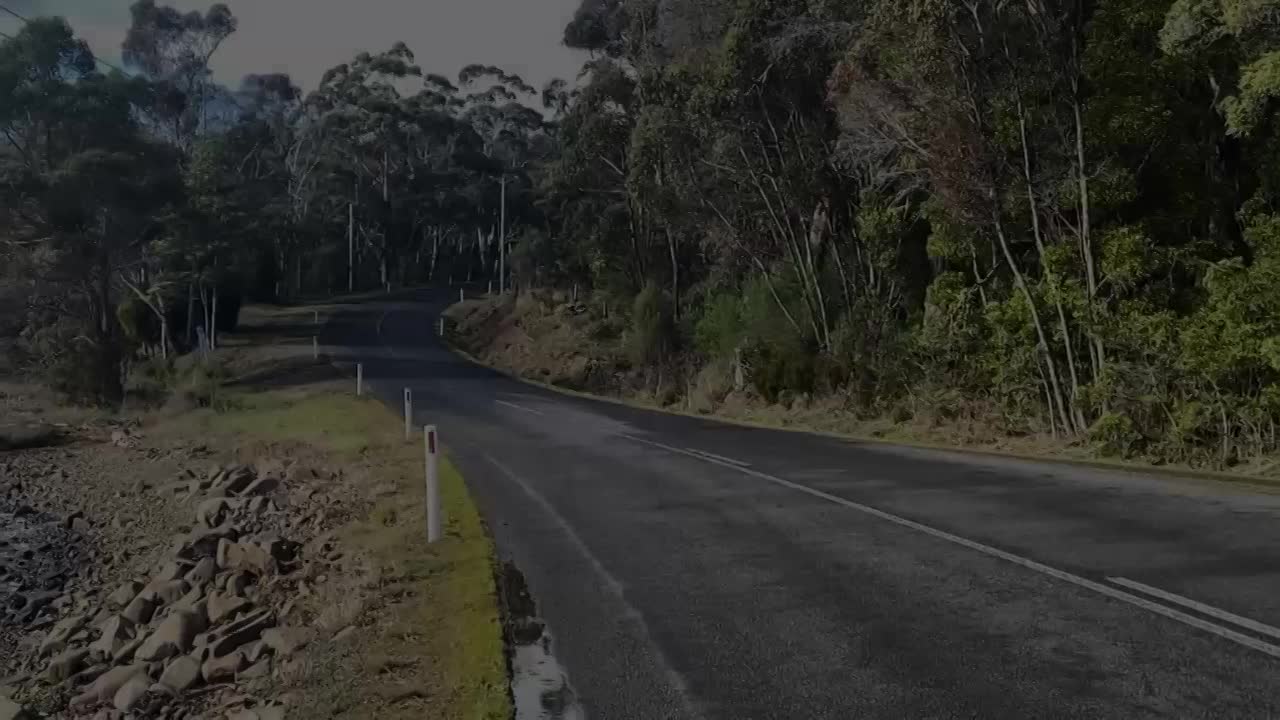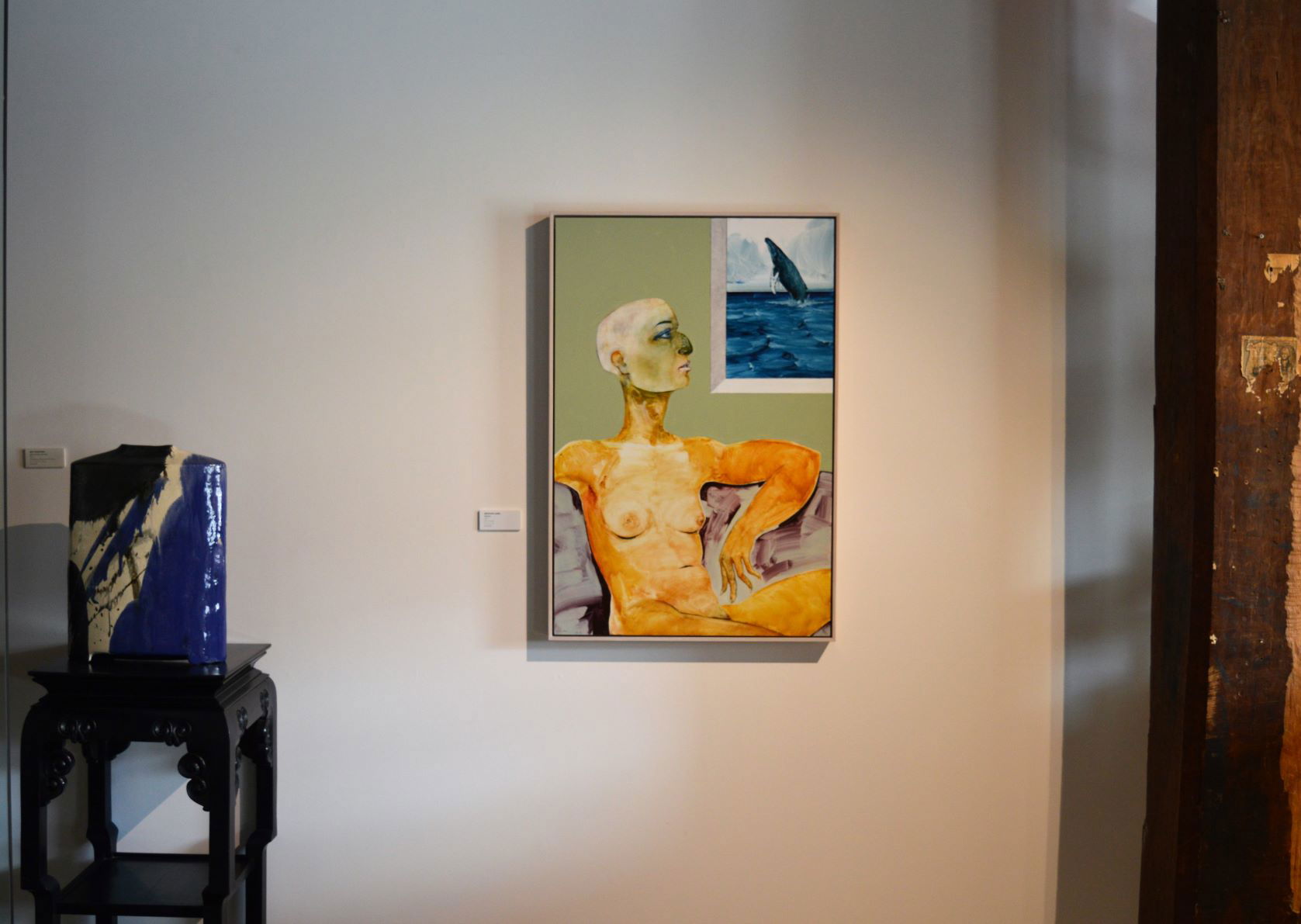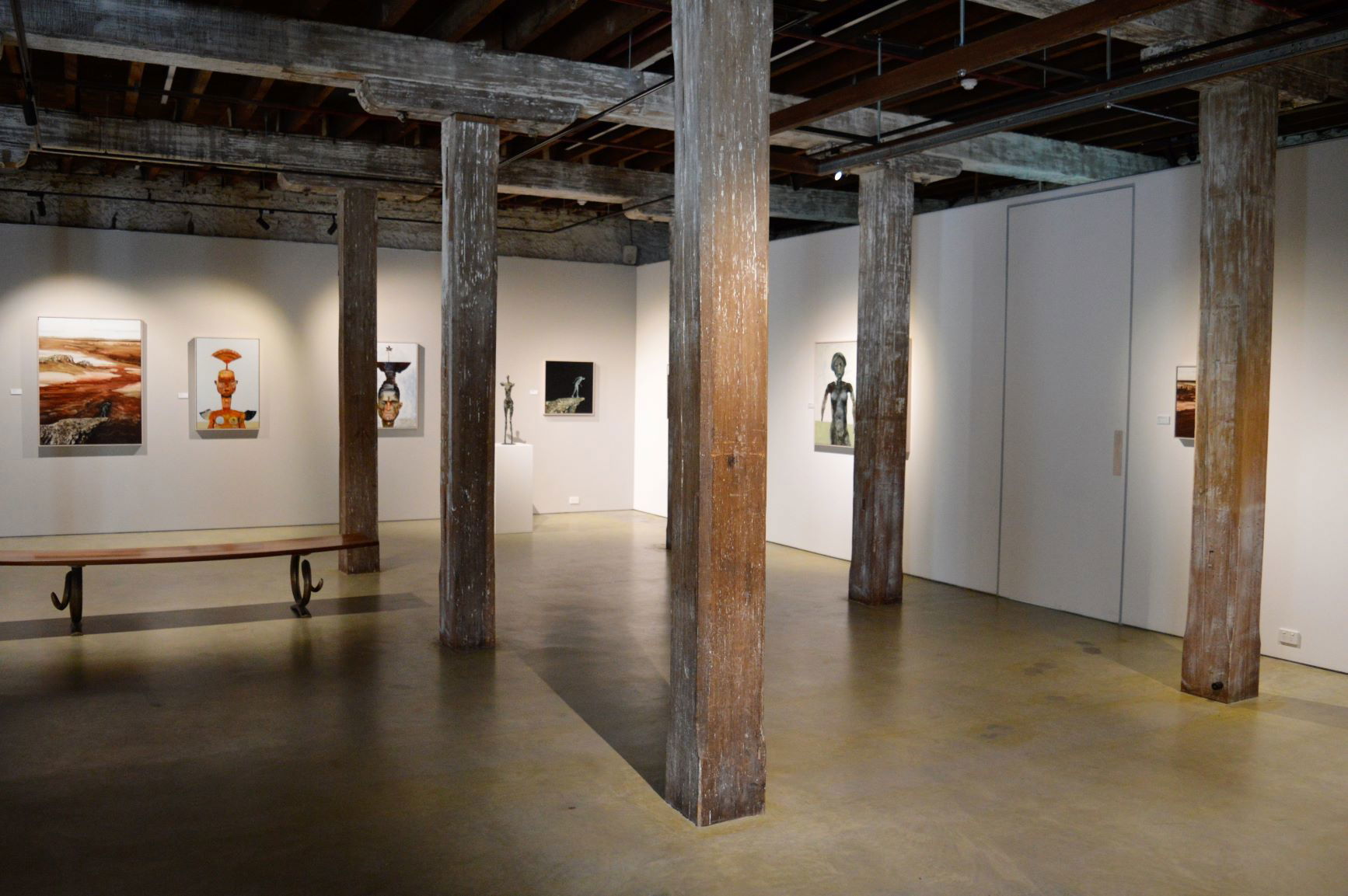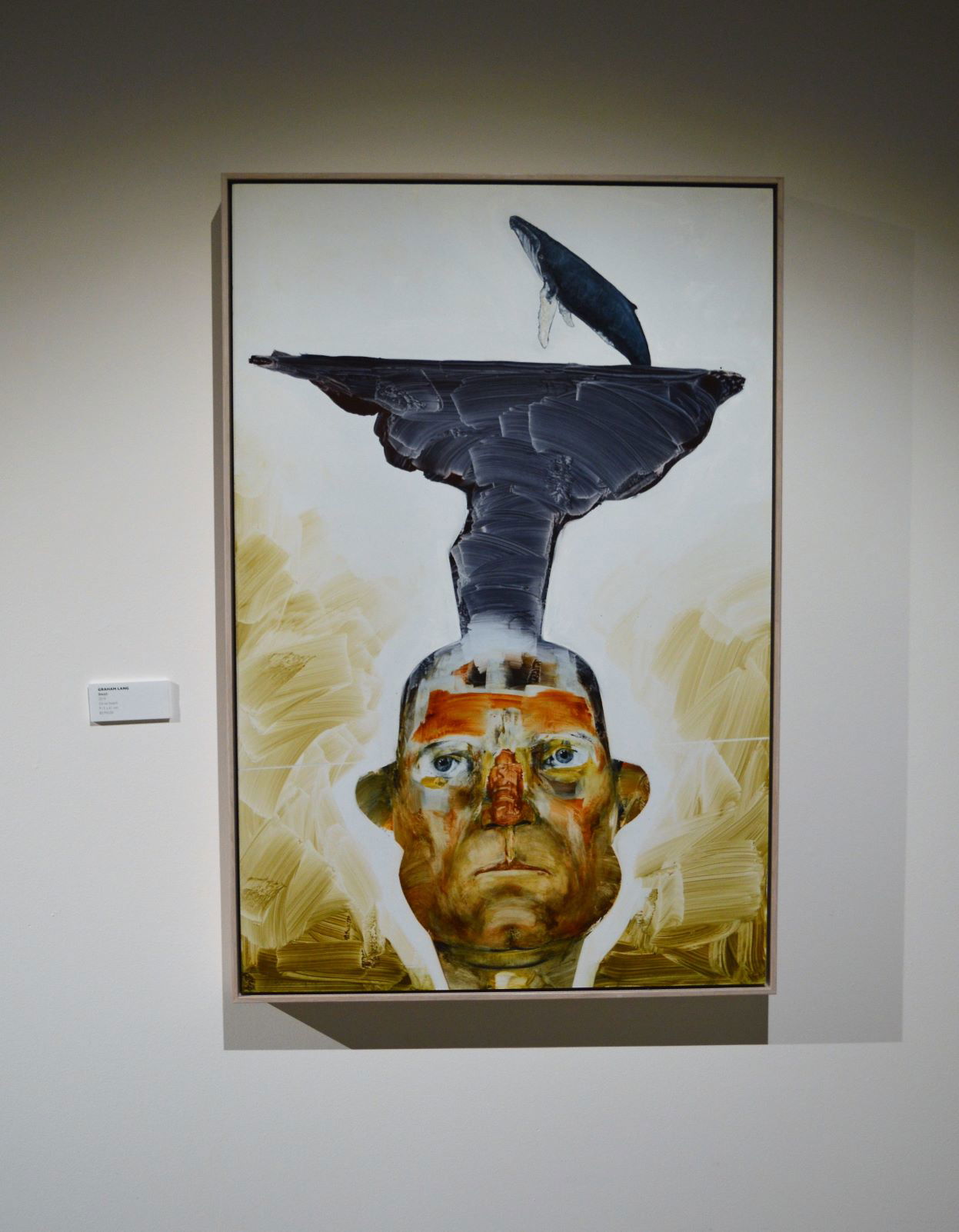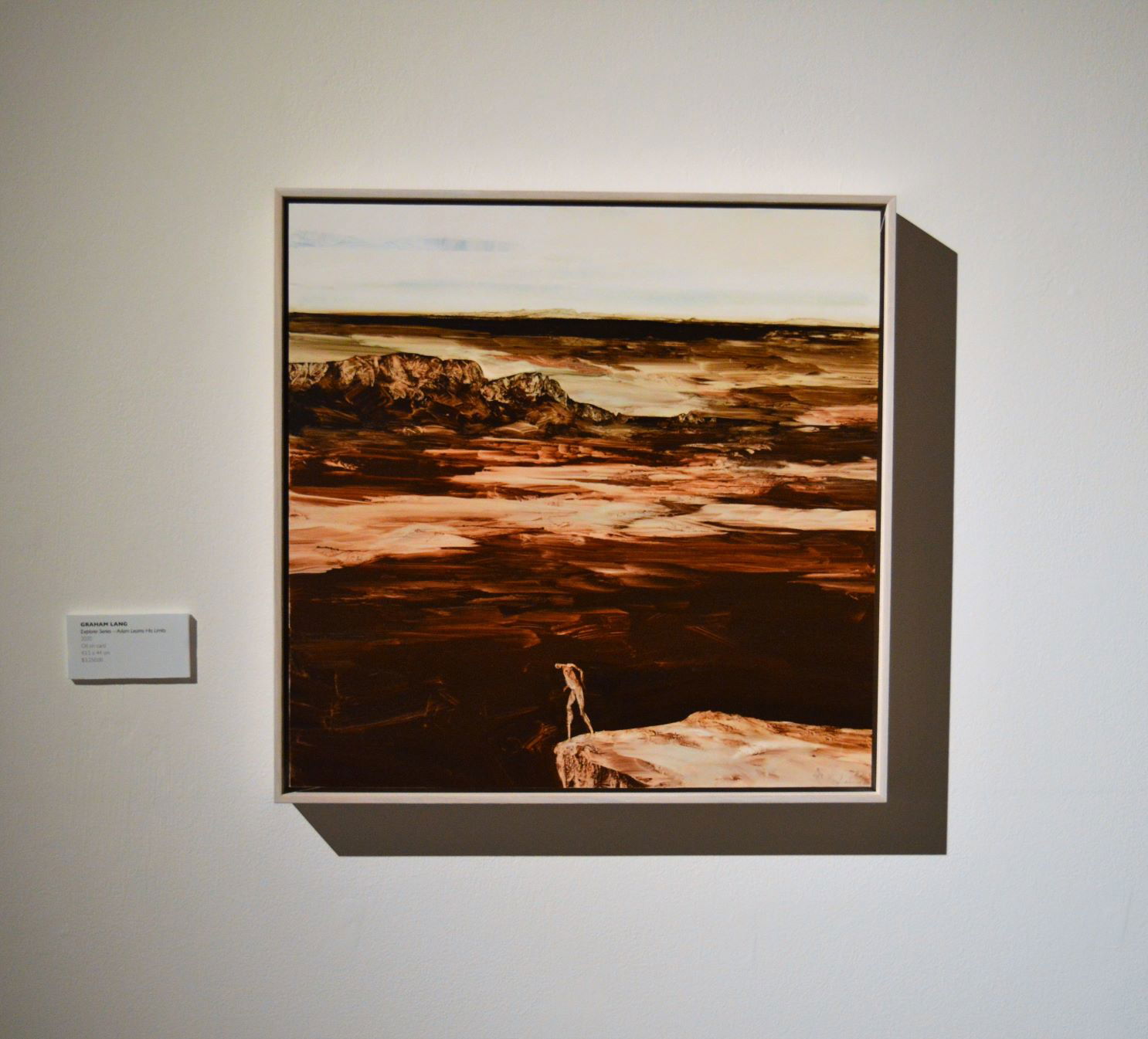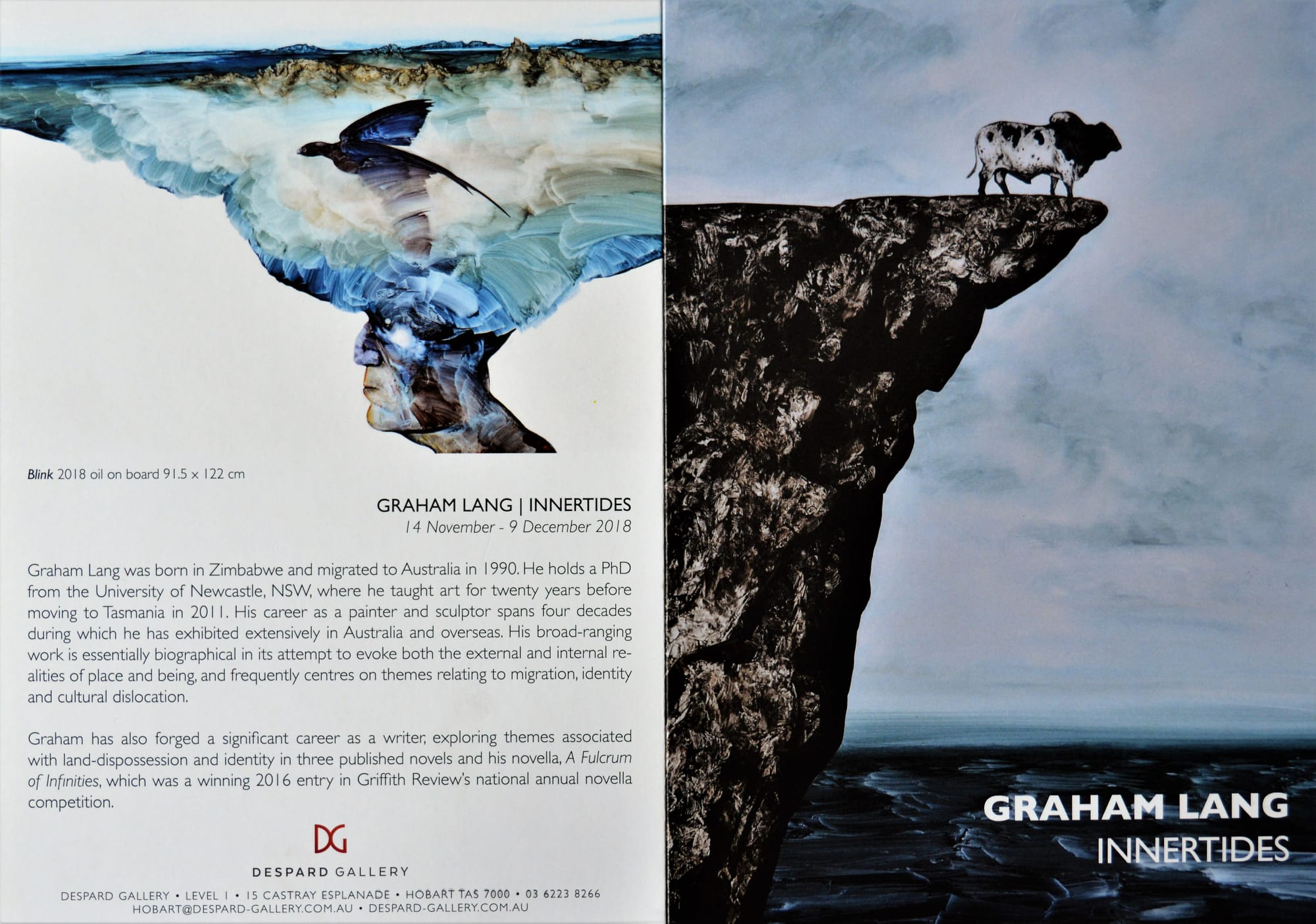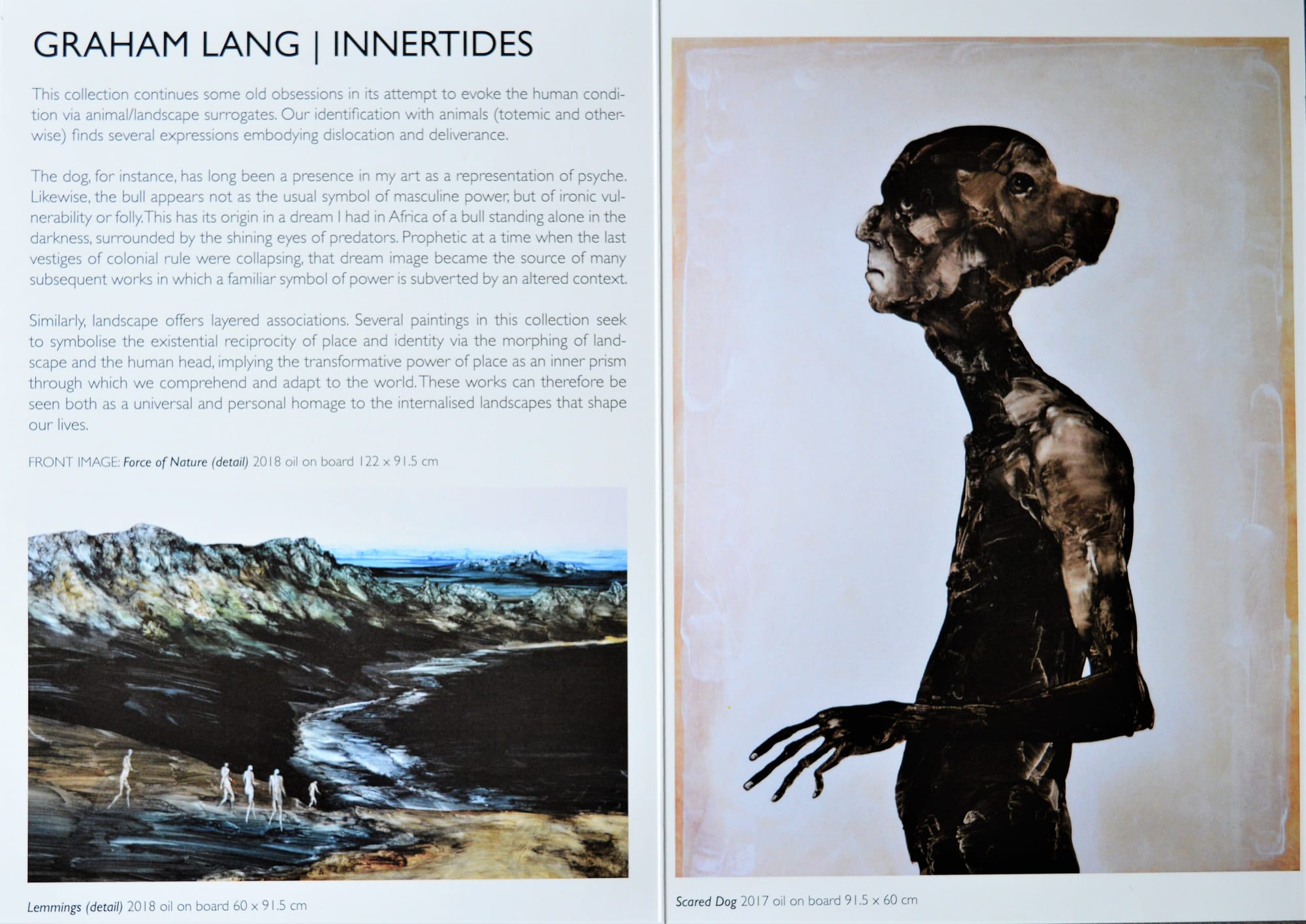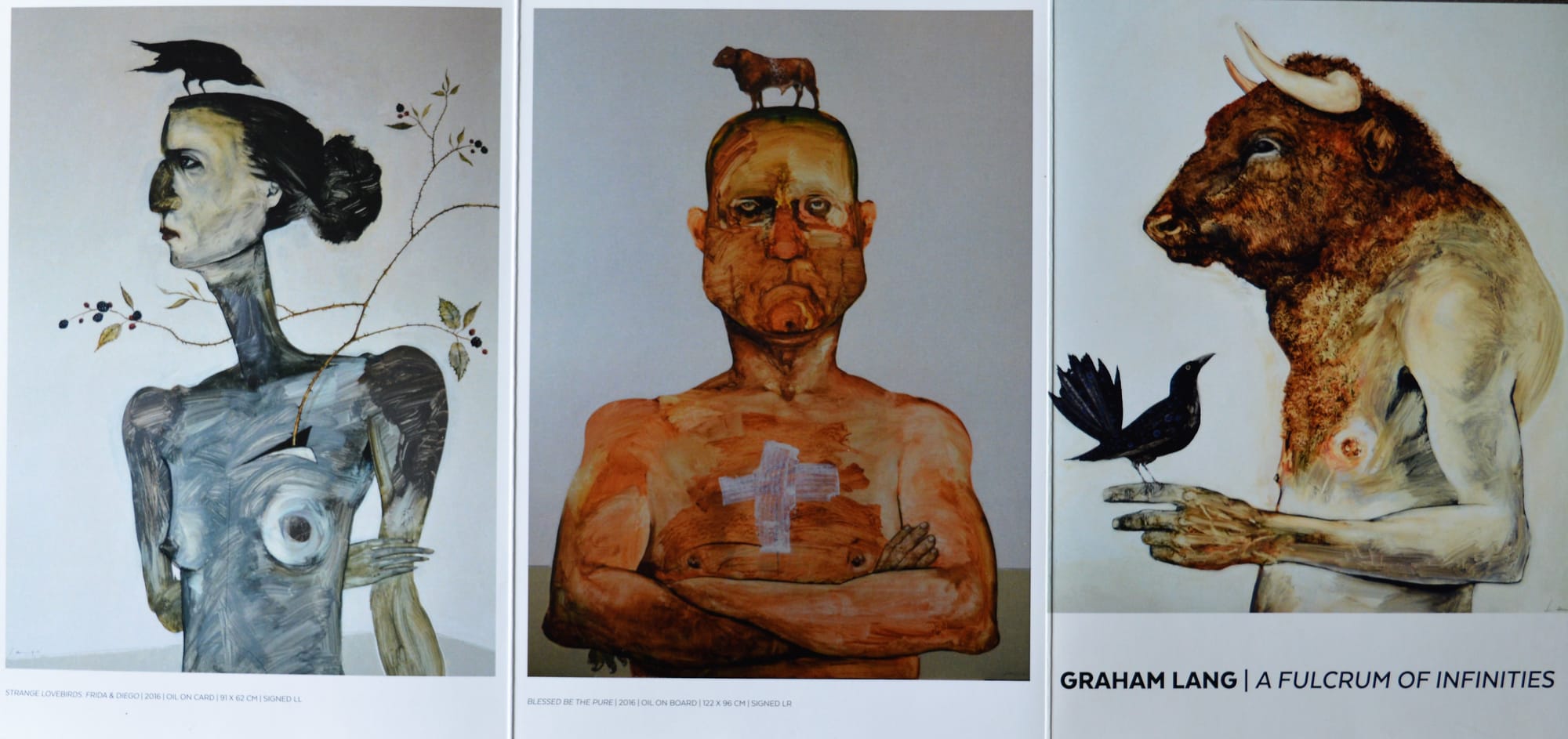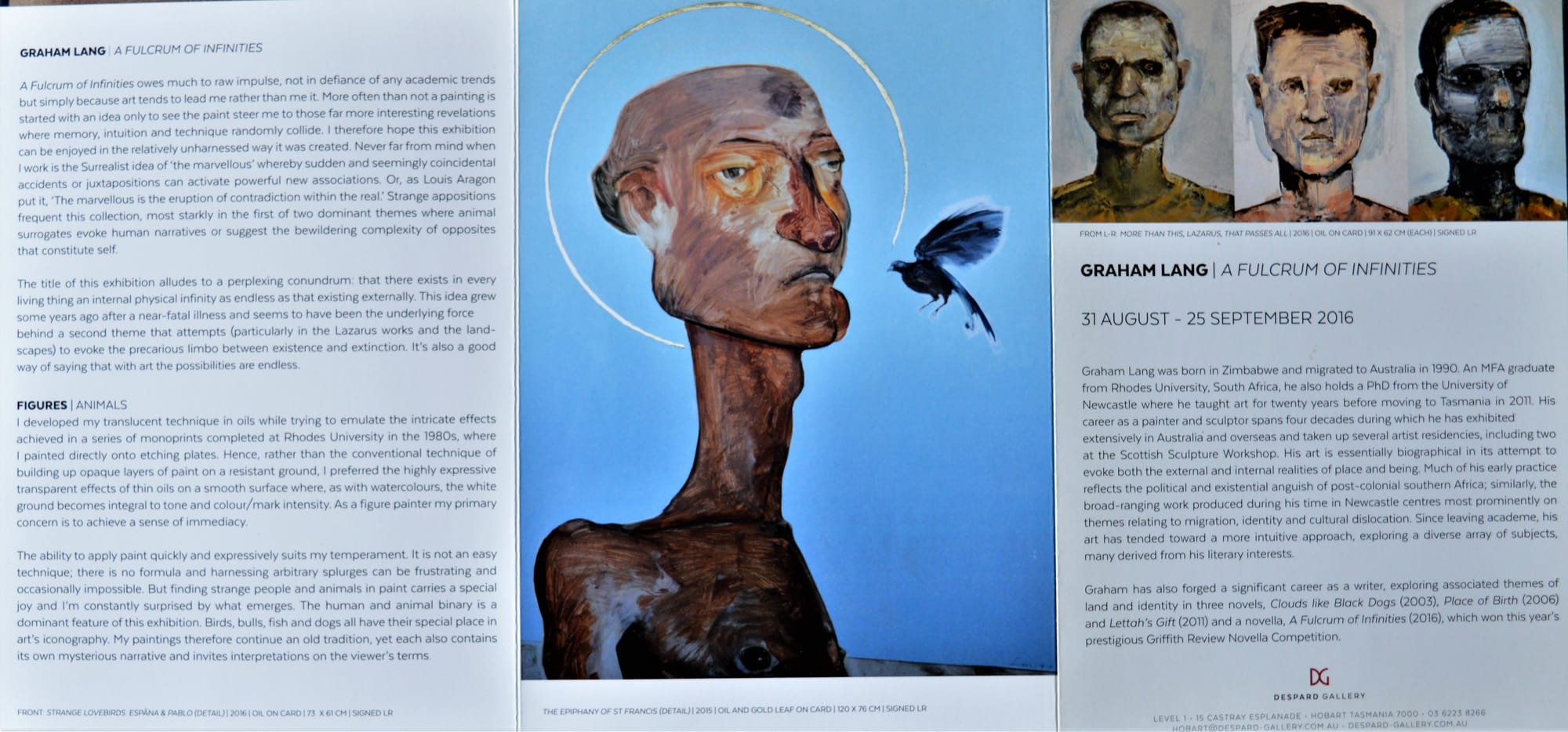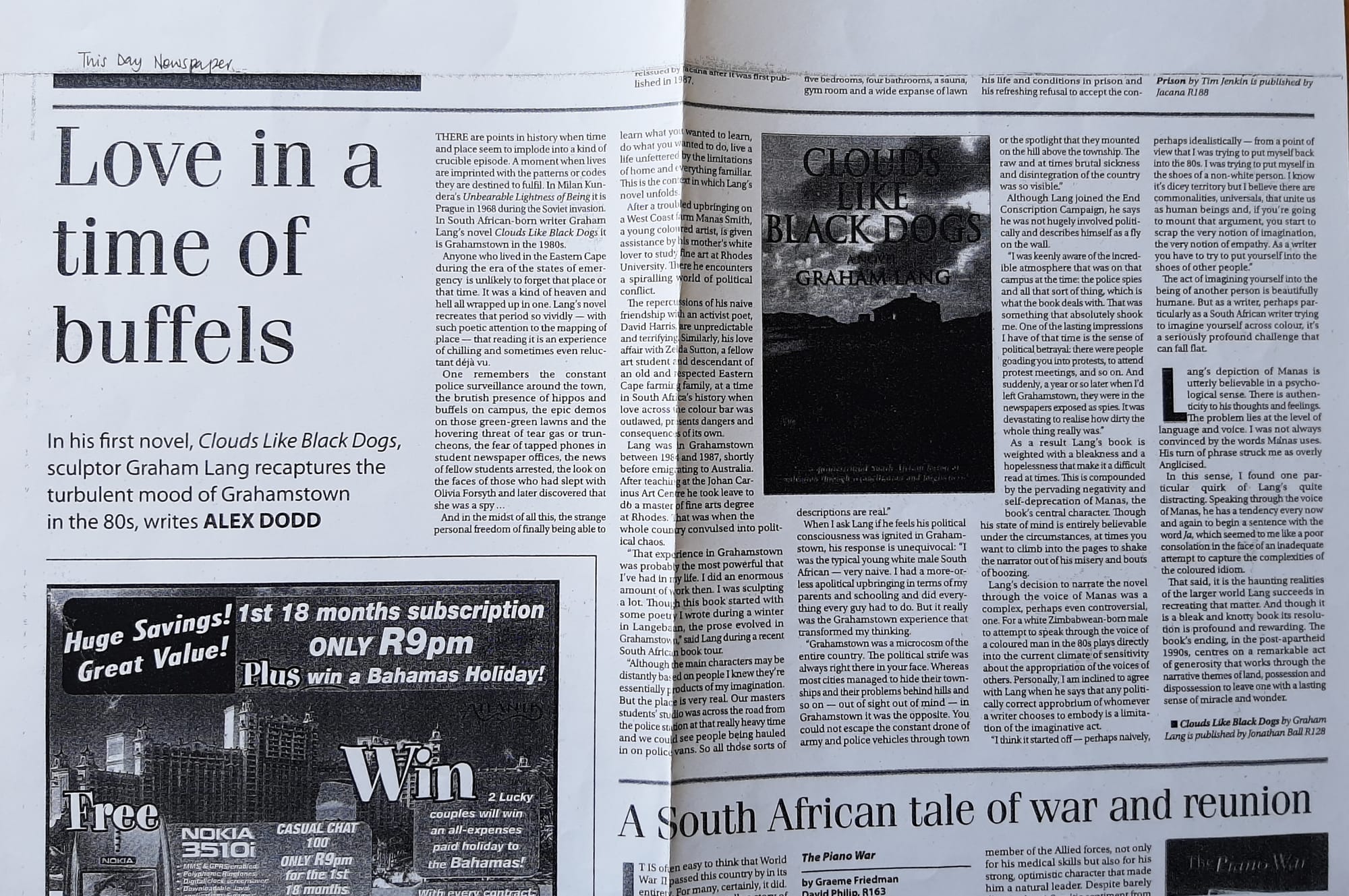GRAHAM LANG
ARTIST-WRITER
About
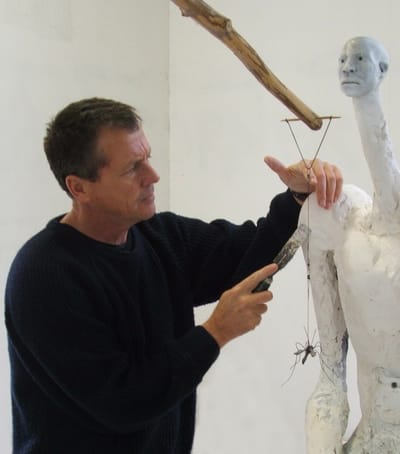
As a writer, Graham has explored associated themes of land and African identity in three novels, Clouds like Black Dogs (2003), Place of Birth (2006) and Lettah's Gift (2011). His novella, A Fulcrum of Infinities, was a winner of the annual Griffith Review Novella Competition in 2016.
He is currently represented by Despard Gallery, Hobart, and Australian Literary Management..
Exhibitions

2025 Personify Despard Gallery, Hobart
2025 Glover Prize, Evandale, Tasmania
2024 Winter Salon, Despard Gallery (with Arkwright & Carpenter) Oatlands, Tasmania
2023 Finding Form, Despard Gallery, Hobart
2020 In the Clear Night of Day, Despard Gallery, Hobart
2018 Innertides, Despard Gallery, Hobart
2018 Bruny Island Art Prize, Alonnah, Tasmania
2017 Sydney Contemporary Art Fair (representing Despard Gallery, Hobart)
2016 A Fulcrum of Infinities, Despard Gallery, Hobart
2016 Bruny Island Art Prize, Alonnah, Tasmania
2013 Full Circle, Despard Gallery, Hobart
2013 Intersections (with Peter Tilley), Art Systems Wickham, Newcastle
2008 Down Under Ground, Wieliczka Salt Mine Exhibition, Poland
2008 Being and Nothingness: Bring on the Sad Clowns, John Miller Galleries, Newcastle
2007 The Kilgour Prize, Newcastle Region Gallery, Newcastle
2006 The Figure in Question (with Peter Tilley, Trevor Weekes, Peter Speight), Lake Macquarie City Art Gallery, NSW
2005 Drawing Centre, Newcastle Region Art Gallery (curated by Ross Woodrow)
2004 Staking Ground: Established Artists working in the Hunter: Neil Emmerson, Graham Lang, Susan Morris, Lake Macquarie City Art Gallery, NSW
2004 Feral Nocturne, John Miller Galleries, Newcastle
2004 Impact, Broken Hill City Art Gallery, NSW (exhibition & residency)
2003 Presence in Absentia, project & residency at Scottish Sculpture Workshop, Lumsden, Scotland
2002 Visceral, John Miller Galleries, Newcastle
2001 Making History, (with Nicholas Harding) Nick Mitzevich Gallery, Newcastle
2001 Changing Skies, School of Fine Art Gallery, University of Newcastle
2001 Implements of Persuasion (with Ross Woodrow) Broken Hill City Art Gallery, NSW (exhibition & residency)
2000 The Big Draw, Bretton Hall Sculpture Centre, Leeds University, UK
2000 Changing Skies, site-specific project & residency, Scottish Sculpture Workshop, Lumsden, Scotland
1998 Deadly Gifts (with Ross Woodrow), Art & Design Gallery University of Newcastle
1997 Dislocations, Maitland City Art Gallery, Maitland, NSW (solo survey)
1997 Graham Lang: Paintings, Access Contemporary Art Gallery, Sydney
1995 Translations & Transformation, John Paynter Gallery, Newcastle
1994 Salon des Refuses, SH Ervin Gallery, Sydney
1994 Songs of the Soutpiel, Access Contemporary Art Gallery, Sydney
1993 The Umbilical Spirit, Access Contemporary Art Gallery, Sydney
1992 Homage to the Rough Muse, Newcastle Region Art Gallery, Newcastle
1989 Elizabeth Gordon Gallery, Durban, South Africa
1987 Karen McKerron Gallery, Johannesburg, South Africa
1987 Oliewenhuis Museum, Bloemfontein, South Africa
1986 Gallery International, Cape Town, South Africa
1986 Volkskas Atelier, South Africa
1985 7 Artists, Gallery International, Cape Town, South Africa
1985 Settler's Monument (with Berry Bickle), Grahamstown, South Africa
1984 Grassroots Gallery, Durban, South Africa
1982 Elizabeth Gordon Gallery, Durban, South Africa
1981 Gallery 567 (Technikon Natal), Durban, South Africa
1980 Hermit Gallery, Durban, South Africa
COLLECTIONS
Nelson Mandela Metropolitan Art Museum; Newcastle Art Gallery; University of Newcastle; Broken Hill City Art Gallery; Durban University of Technology; Central University of Technology (South Africa); private collections
Reviews
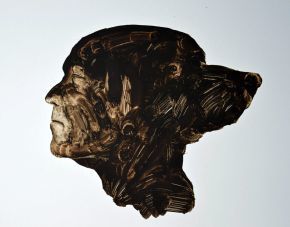
Graham Lang’s first exhibition at the Hermit Gallery has a seriousness and a quality that marks him as a person to watch in the future … although these are personal expressions of one artist’s inner feelings, they cannot in our particular society, fail to take on wider meanings, and so to miss their social and political implications is to miss part of their message. Andrew Verster, Art Exhibition: Graham Lang, Daily News, 1980
Lang is particularly successful with his shattering sculptural statements … this is an imaginative, highly competent first exhibition. Marilynne Holloway, The Sunday Tribune, 1980
This collection of paintings and sculpture … establishes him as a person of tough convictions and tender humanity. They are not easy works for in them we see aspects of ourselves and the image is disquieting. In his mirror of reality there is pain and despair as well as the spirit to live and survive. Andrew Verster, The memory lingers on, Daily News, 1983
Graham Lang’s exhibitions are always full of ideas. Nothing he makes is without a reason. Nothing is intended to decorate or merely please … for me it is his sculpture which dominates this collection. They have a special quality that touches one deeply [and] reinforce his position as a sculptor of great distinction. Andrew Verster, Sculpture dominates articulate exhibition, Daily News 1984
Painter Berry Bickle and sculptor Graham Lang are amongst the few deeply dedicated and intensely committed artists who have chosen to comment on conditions in our society. Their work deals with experiences that are as specific to the Eastern Cape as they are particular to the rest of southern Africa … Both claim to reflect the ethos, or “spirit”, of Africa in an intuitive, instinctive way. Their work is concerned with the correlation between physical and psychic states of being, between “material suffering and spiritual survival”. Nicolaas Vergunst, Grocott’s Mail, 1985
Graham Lang speaks of the universal relevance of images distilled of conflicting experiences as he revisited his place of origin, Africa … The sculptures are clean, simple and yet grand. The strength and simplicity of his forms and the sensitive way in which he responds to the changed social and political climate in Africa are [his] alone. Margaret Eley, Newcastle Herald, 1995
This collection of large and small scale sculptures, paintings and drawings … represent the themes that have dominated Lang’s work during a time of migration from South Africa, subsequent dislocation and resettlement into life as a university lecturer in Australia. Recurrent motifs provide comprehensible keys to reading earlier pieces and though many of the works deal with sobering subjects, they do so with wit. Lang’s control of his materials and understanding of their potential to signify meaning are consistent aspects of his work as is a pervasive sense of his African heritage. Meryl Ryan, Graham Lang: Dislocations – Survey Exhibition 1990-1997, Newcastle Herald 1997
Graham Lang, in several major installation pieces, tells of the human cost of British imperial power in Africa, working with archival slides as well as the cogent metaphors implicit in his choice of materials. Suggestions are both intellectual and visceral with deliberate shocks to the viewer, like the bowl of teeth. Jill Stowell, Colonial Gifts, Newcastle Herald, 1998
In such a show of strength, it is hard to single out individuals. But sculptors Graham Lang and Vlase Nikoleski constantly surprise. Jill Stowell, Outbreak: School of Fine Arts Staff Exhibition, Newcastle Herald, 1999
His is an art of seduction and confrontation: he seduces us with his mastery of traditional drawing, painting and assemblage techniques, then confronts us with the uses to which these skills are put. In the two-dimensional works painted landscape elements are juxtaposed, disconcertingly, with old photos, feathers, bones and set of dentures, denying the viewer a purely aesthetic response. A series of three mixed-media sculpture, History Totems, reveal their meaning only after prolonged viewing. Take the time and be rewarded. Robert Birch, Exhibition: Nicholas Harding and Graham Lang, Newcastle Herald, 2001
The invasive nature of intensive and inappropriate agriculture is succinctly indicated by glittering photographic cut-outs of neat green fields arbitrarily glued to the tawny [landscapes]. Similar uneasy messages come from a series of sculptural installations precariously balancing European cultural baggage against a new national awareness. Ambiguity abounds in impassive heads breaking through the plaster in which they were cast. They are counterweighted by the spades, axes and, importantly, the books of European settlement. Jill Stowell, Changing Skies, Newcastle Herald, 2001
While there are some splendidly moody paintings of infinite desert, where the escarpments crumble like geological surf, most of the recent works … concern the visual erosion of the human condition. Survivors surround us, hollow-eyed and sinewy antipodean refugees from the country explored by Patrick White … Both figures and landscape are rendered in transparent washes of oil pigment, creating an effect of flayed or x-rayed flesh, so that familiar forms are stripped back beyond the comfort levels. Jill Stowell, Exhibition: Visceral, Newcastle Herald, 2002
Few artists write novels, let alone good ones. Few, too, are as at home in paint as in sculpture. Graham Lang … is once again the visual poet of wide, windswept landscapes, their desolation often veiled in darkness. The same distant escarpments appear in a series of paintings of feral interloping animals. The cat, fox, bull and camel both sturdy and catastrophic. Ultimately, the gathering darkness and the threatening intruder come together in a nightmare image of fear, with the intensity of Goya’s rabid Titan. Jill Stowell, Exhibition: Feral Nocturne, Newcastle Herald, 2004
Lang's installation seeks to make this uneasy ghost visible: the weight of empire in the cast Britannia finial compresses and stunts the rough-hewn trunk, through which passes a delicately balanced wing-arm adorned with African fertility ornaments. The structure's resemblance to a shaduf recalls the simple technologies and sheer ingenuity that many colonial settlers required to survive, as well as suggesting the intimate connections between identity and the land. The accompanying figure, appearing from within its exfoliating mould, signals the inexorable process of emergence from the shadow of the past, witnessing the tentative but increasingly confident evolution of an independently Australian political and cultural identity. Mark Calderwood, Catalogue Essay, The Figure in Question, Lake Macquarie City Art Gallery, 2006
Graham Lang, Peter Speight, Peter Tilley and Trevor Weekes are all familiar names to Hunter art audiences. However, some of the work produced by these artists for The Figure in Question may surprise even their most ardent followers. Emergence by Graham Lang positions a male figure shedding plaster flesh and limbs opposite a timber contraption that resembles an African irrigation device. A metal mosquito dangles from the contraption threatening the helpless, limbless figure. Lang left his place of birth … amid the unrest of post-colonial change. The figure’s emergence in this work is indelibly tied to Africa. Lisa Slade, Exhibition: The Figure in Question, Newcastle Herald, 2006
There is a brooding and sombre quality to the lonely landscapes of Central Australia and this melancholy transfers to the figurative paintings of lone individuals such as the self-portrait with the mountain growing from his head. Although it may represent an indelible memory of a beloved time and place, it may also be suggesting a weight that keeps one shackled to the past. Clyde Selby, Animal Instincts, The Mercury Tasweekend, 2014
The strength of Graham Lang’s complex art lies in his avoidance of prescribed ideas … [His] most fascinating aspect as an artist is his willingness to allow his subconscious and dream life to mix into the rich sensation of a place to create work that … opens itself to myriad interpretations. Lang knows what he wants to say, and he says it with his work. The art arrives from a space outside of language, where dream is the currency of communication and everything has many meanings. The revelation is this work does not provide answers. It asks questions. Andrew Harper, Ever Questioning, Mercury Tasweekend, 2018
Lang walks the tightrope between existence and extinction, resulting in a disquieting sense of existential isolation ... Nick Truman, Phantasm Gallery Review 2020
He navigates a delirious, strange inner landscape with his strong and very singular painting style that is both striking in its hard definition and yet opaque, translucent and dreamlike. Lang has a wild ability to render human faces and figures that really lure the eye in, and he manages to cover everything he paints with a sensation of persuasive enigma and otherworldliness. It's a terrific balance between subject matter and technique, as if his method of working has allowed him to just pour his subconscious onto the image's surface.. Andrew Harper Tasweekend, Oct 3-4, 2020
Graham Lang's new show at Despard Gallery offers mythic imaginings that are reminiscent of Giacometti's metal flesh and Arthur Boyd's biblical explorations ... Lang's exhibition reconciles as it disrupts, revealing hybrid forms, not only of being, but of art itself. Aleks Wansbrough, Artist Profile, 20/03/2023
Lang deals with enigma and ambiguity, asking massive questions about existence ... Of special note are Lang's sculptures - these are as strong as his painted efforts and share the same esoteric beauty that makes Lang so distinctive. Lang may never find what he seeks but his journey is engrossing, and each report from his investigations is filled with rare revelation. Andrew Harper Tasweekend, March 18-19, 2023
Books: Overview
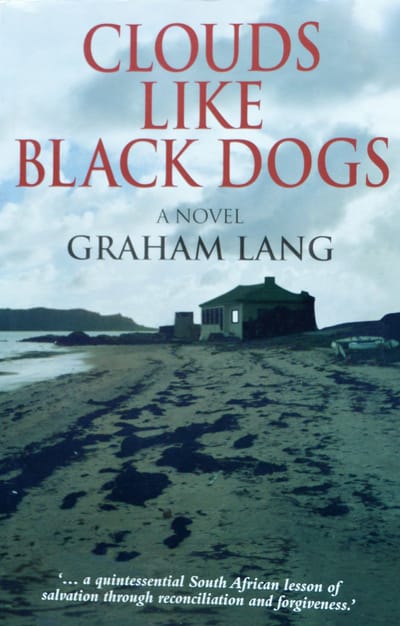
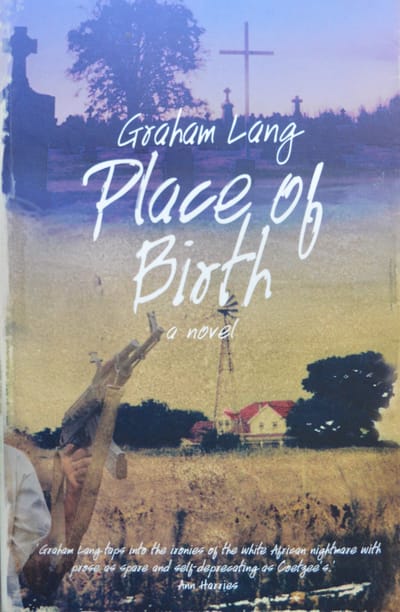
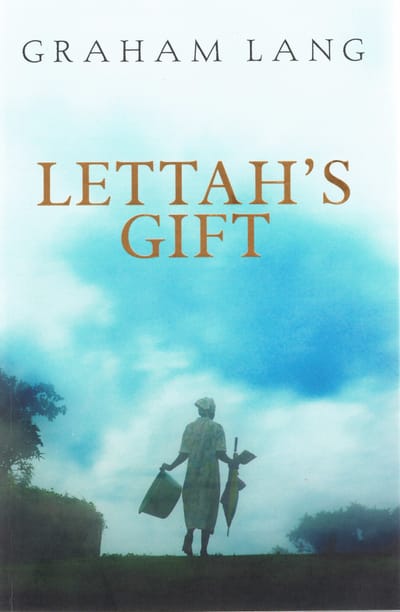
By examining ordinary lives in extraordinary circumstances, Graham Lang's novels explore shifting notions of postcolonial African identity and belonging, casting light especially on the deeply conflicted issue of land. Each novel reflects a different aspect of the maelstrom of change in Zimbabwe and South Africa during the past half century - love across the crumbling racial divide during the final bloody years of apartheid (Clouds like Black Dogs); a family's tragic confrontation with farm invaders in Zimbabwe (Place of Birth); a man's journey of atonement reveals the terrible price paid by innocents caught up in Zimbabwe's power struggles (Lettah's Gift). Each book is also united by the common theme of an emigre's return to a completely transformed 'home'.
In 2007, Place of Birth was longlisted for South Africa's premier literary prize, The Sunday Times Prize, and along with Lettah's Gift has been extensively discussed in academic books, dissertations and articles. Graham's novella, A Fulcrum of Infinities, was a winner of Griffith Review's 2016 novella competition and published in Griffith Review 54/Earthly Delights/The Novella Project IV.
In 2007, Place of Birth was longlisted for South Africa's premier literary prize, The Sunday Times Prize, and along with Lettah's Gift has been extensively discussed in academic books, dissertations and articles. Graham's novella, A Fulcrum of Infinities, was a winner of Griffith Review's 2016 novella competition and published in Griffith Review 54/Earthly Delights/The Novella Project IV.
Clouds like Black Dogs
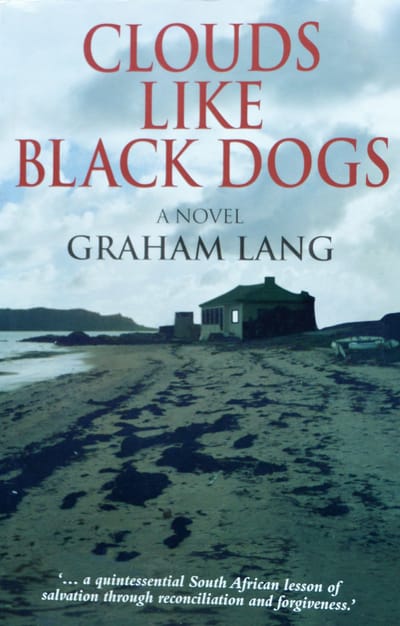
2003 Jonathan Ball Publishers, Johannesburg
... we all break and bleed. It is the suffering that makes us accountable to each other. It is the suffering by which we measure our love ...
Set in South Africa's turbulent 1980s and concluding in the post-apartheid 1990s, Clouds like Black Dogs is a vivid and often violent story of loss and redemption. After a troubled upbringing on a west coast farm, Manas Smith, a young black artist, is given assistance by a white benefactor to study art at Rhodes University, Grahamstown. There, Manas encounters a spiralling world of political conflict. The repercussions of his naïve friendship with an activist poet, David Harris, are both unpredictable and terrifying. Similarly, his love affair with Zelda Sutton, a fellow art student and descendant of an old and respected Eastern Cape farming family, at a time in South Africa when love across the colour bar was illegal, presents unimaginable dangers and consequences.
Graham Lang strongly evokes the sinister atmosphere of brutality and treachery that pervaded South Africa's political climate during the decade prior to the first democratic election in 1994. It is against this menacing background that Manas finally finds redemption through forgiveness and accountability.
'...works through the narrative themes of land, possession and dispossession to leave one with a lasting sense of miracle and wonder.' Alex Dodd - This Day
'Graham Lang tells his story honestly and uncompromisingly, and makes us examine ourselves and our capacity for moral acquiescence. However much we might understand the past in hindsight, Lang leaves us with his characters very much living life forwards, and he does it with a wonderfully ingenious writing style ... a very moving book, one that quite simply made so much sense. Clouds like Black Dogs deserves a wide readership.' Peter Terry, SAFM
... we all break and bleed. It is the suffering that makes us accountable to each other. It is the suffering by which we measure our love ...
Set in South Africa's turbulent 1980s and concluding in the post-apartheid 1990s, Clouds like Black Dogs is a vivid and often violent story of loss and redemption. After a troubled upbringing on a west coast farm, Manas Smith, a young black artist, is given assistance by a white benefactor to study art at Rhodes University, Grahamstown. There, Manas encounters a spiralling world of political conflict. The repercussions of his naïve friendship with an activist poet, David Harris, are both unpredictable and terrifying. Similarly, his love affair with Zelda Sutton, a fellow art student and descendant of an old and respected Eastern Cape farming family, at a time in South Africa when love across the colour bar was illegal, presents unimaginable dangers and consequences.
Graham Lang strongly evokes the sinister atmosphere of brutality and treachery that pervaded South Africa's political climate during the decade prior to the first democratic election in 1994. It is against this menacing background that Manas finally finds redemption through forgiveness and accountability.
'...works through the narrative themes of land, possession and dispossession to leave one with a lasting sense of miracle and wonder.' Alex Dodd - This Day
'Graham Lang tells his story honestly and uncompromisingly, and makes us examine ourselves and our capacity for moral acquiescence. However much we might understand the past in hindsight, Lang leaves us with his characters very much living life forwards, and he does it with a wonderfully ingenious writing style ... a very moving book, one that quite simply made so much sense. Clouds like Black Dogs deserves a wide readership.' Peter Terry, SAFM
Place of Birth
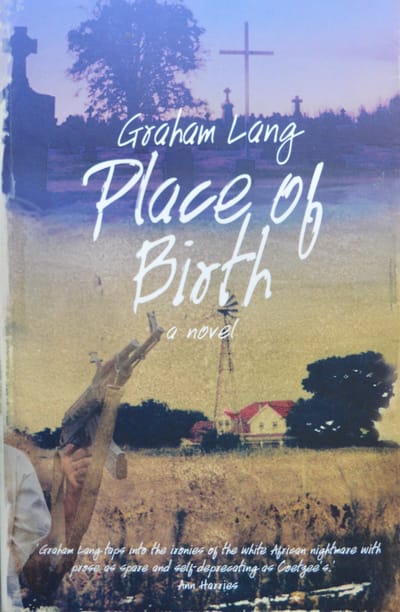
2006 Jonathan Ball Publishers, Johannesburg - longlisted for South Africa's Sunday Times Prize, 2007
Cause and effect. There is always cause, some will argue. But how easily does cruelty born of injustice turn into cruelty born of itself. And how inevitable is the day when effect becomes cause. When new hatreds will need expression ...
When Rhodesian expatriate Vaughn Bourke returns to Zimbabwe to exhume the graves of his family from their farm, Hopelands, he does so to escape the failure of his life in Australia. His marriage and professional life are in tatters: he needs a change of scene. But while he knows the farm is under threat of seizure from a ruthless government-backed militia, Vaughn has no idea of the nightmare that awaits him in a country where violence and anarchy are the order of the day. Together with his siblings, Gus and Angela, he begins the arduous task of removing the remains of their forebears from the contested soil of Hopelands to a church cemetery in the nearby village of Shangani. But the exhumations soon uncover a terrible event of the past that becomes an ominous prelude to a greater tragedy in which loss of life and land is inevitable.
Through the brutal disintegration of a once close-knit family, Place of Birth provides a disturbing and trenchant insight into the violent maelstrom of Robert Mugabe's Zimbabwe.
'Graham Lang has produced an intelligent, rugged and courageous book that accurately explores a post-colonial paradise lost and the corruption of a government that ignores the rule of law.' Richard Kunzmann - Sunday Independent, 2006
'Place of Birth is a deceptively simple, funny book with a terrifyingly dark subtext.' Lin Sampson, Sunday Times 2006
'Bleak humour and strong characters... combine with poignant memories to tell, through very readable fiction, a real story of the ambiguous identity of white Africans, post-colonial racial dynamics and the land struggle.' Karen MacGregor, Natal Witness, 2006
'Place of Birth is grounded in meticulously realised detail and written in deceptively plain prose ... suffused with a terrible honesty, his book touches us most deeply.' Anthony Stidolph - Natal Witness, 2008
'Graham Lang taps into the ironies of the white African nightmare with prose as spare and self-deprecating as Coetzee's.' Ann Harries, 2006
Book chapters, articles:
Magdalena Pfalzgraf, Mobility in Contemporary Zimbabwean Literature in English: Crossing Borders, Transcending Boundaries (Chapter 5.3: Traveling Bones, Troubling Pasts: Graham Lang's Place of birth (2006)) Routledge 2021
Irikidzahi Manase, White Narratives: The Depiction of Post-2000 Land Invasions in Zimbabwe, (Chapter 4: Memory-making and the Land in Graham Lang's Place of Birth) Unisa Press 2016
Dan Wylie, Dogs in southern African Literatures, Van Schaik Publishers 2018
Terence Musanga, Graham Lang's depiction of the Zimbabwean crisis, migration and identity in Place of Birth (2006) Unisa Press 2014
Peter O. Stummer, Zimbabwean Unrest in Graham Lang's Place of Birth, Eclats d'Afrique Du Sud, Volume 24, 2007
Lin Sampson, A country called home, Sunday Times, 2006
Richard Kunzmann, Struggling to come to terms with white African roots, The Sunday Independent, 2006
Julia Paterson, A life left behind, Citizen, 2006
Vivien Horler, Author finds Africa addictive, The Argus, 2006
Karen MacGregor, Home & Away, Natal Witness, 2006
Anthony Stidolph, A tale of personal risk, Natal Witness, 2006
Thys Human, Verlore vaderland, Beeld, 2006
Marius Crous, Zimbabwe-roman verwoord wit bestaansangs, Die Burger 2006
Conference paper:
Irikidzayi Manase, Re-imagining post-2000 Zimbabwean identities in Catherine Buckle's African Tears: the Zimbabwe Land Invasions and Beyond Tears: Zimbabwe's Tragedy and Graham Lang's Place of Birth - Waterford Institute of Technology, Republic of Ireland, conference 2009: Re-Imagining Identity - New Directions in Postcolonial Studies
Cause and effect. There is always cause, some will argue. But how easily does cruelty born of injustice turn into cruelty born of itself. And how inevitable is the day when effect becomes cause. When new hatreds will need expression ...
When Rhodesian expatriate Vaughn Bourke returns to Zimbabwe to exhume the graves of his family from their farm, Hopelands, he does so to escape the failure of his life in Australia. His marriage and professional life are in tatters: he needs a change of scene. But while he knows the farm is under threat of seizure from a ruthless government-backed militia, Vaughn has no idea of the nightmare that awaits him in a country where violence and anarchy are the order of the day. Together with his siblings, Gus and Angela, he begins the arduous task of removing the remains of their forebears from the contested soil of Hopelands to a church cemetery in the nearby village of Shangani. But the exhumations soon uncover a terrible event of the past that becomes an ominous prelude to a greater tragedy in which loss of life and land is inevitable.
Through the brutal disintegration of a once close-knit family, Place of Birth provides a disturbing and trenchant insight into the violent maelstrom of Robert Mugabe's Zimbabwe.
'Graham Lang has produced an intelligent, rugged and courageous book that accurately explores a post-colonial paradise lost and the corruption of a government that ignores the rule of law.' Richard Kunzmann - Sunday Independent, 2006
'Place of Birth is a deceptively simple, funny book with a terrifyingly dark subtext.' Lin Sampson, Sunday Times 2006
'Bleak humour and strong characters... combine with poignant memories to tell, through very readable fiction, a real story of the ambiguous identity of white Africans, post-colonial racial dynamics and the land struggle.' Karen MacGregor, Natal Witness, 2006
'Place of Birth is grounded in meticulously realised detail and written in deceptively plain prose ... suffused with a terrible honesty, his book touches us most deeply.' Anthony Stidolph - Natal Witness, 2008
'Graham Lang taps into the ironies of the white African nightmare with prose as spare and self-deprecating as Coetzee's.' Ann Harries, 2006
Book chapters, articles:
Magdalena Pfalzgraf, Mobility in Contemporary Zimbabwean Literature in English: Crossing Borders, Transcending Boundaries (Chapter 5.3: Traveling Bones, Troubling Pasts: Graham Lang's Place of birth (2006)) Routledge 2021
Irikidzahi Manase, White Narratives: The Depiction of Post-2000 Land Invasions in Zimbabwe, (Chapter 4: Memory-making and the Land in Graham Lang's Place of Birth) Unisa Press 2016
Dan Wylie, Dogs in southern African Literatures, Van Schaik Publishers 2018
Terence Musanga, Graham Lang's depiction of the Zimbabwean crisis, migration and identity in Place of Birth (2006) Unisa Press 2014
Peter O. Stummer, Zimbabwean Unrest in Graham Lang's Place of Birth, Eclats d'Afrique Du Sud, Volume 24, 2007
Lin Sampson, A country called home, Sunday Times, 2006
Richard Kunzmann, Struggling to come to terms with white African roots, The Sunday Independent, 2006
Julia Paterson, A life left behind, Citizen, 2006
Vivien Horler, Author finds Africa addictive, The Argus, 2006
Karen MacGregor, Home & Away, Natal Witness, 2006
Anthony Stidolph, A tale of personal risk, Natal Witness, 2006
Thys Human, Verlore vaderland, Beeld, 2006
Marius Crous, Zimbabwe-roman verwoord wit bestaansangs, Die Burger 2006
Conference paper:
Irikidzayi Manase, Re-imagining post-2000 Zimbabwean identities in Catherine Buckle's African Tears: the Zimbabwe Land Invasions and Beyond Tears: Zimbabwe's Tragedy and Graham Lang's Place of Birth - Waterford Institute of Technology, Republic of Ireland, conference 2009: Re-Imagining Identity - New Directions in Postcolonial Studies
Lettah's Gift
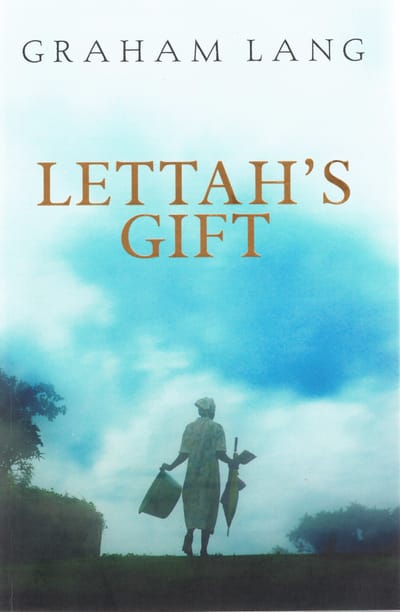
2011 University of Queensland Press (UQP)
There is something miraculous, cleansing, about the rain. The smell of expectation, newness. Of hope. But then I'm reminded that the word cleansing can be anyone's metaphor. Murambatsvina. Gukurahundi. The removal of people, a different cleansing. Final solutions lurk in purity.
Graham Lang steps into the heart of modern-day Africa in this compelling story of redemption and hope. Failed writer Frank Cole can barely remember Lettah. When his family left Zimbabwe, their beloved servant was gradually forgotten. Now, forty years on, Frank has been set a mysterious task in his mother's will: he must find Lettah and deliver her bequest. What Frank finds is not the country of his childhood, but a place where memories of civil war and colonial injustice fester beneath the surface, where brutality stands for the law, where fear and farce preside. But in chaotic Bulawayo, Frank discovers life and humour among unlikely companions - friends from his youth and new acquaintances, old Rhodesians and young liberals, all those who stayed behind. As he pieces together Lettah's fate, Frank begins to see the new Zimbabwe - and himself - in the delicate chemistry between meaning and hope.
' ... uncomfortably close to some of Zimbabwe's "terrible realities", but it also provides a wonderfully reconciling sense of redemption ...' Ian McFarlane, Canberra Times
' ... a poignant, painful novel, aware of the colonial legacy behind the horrors of Zimbabwe today, yet daring to hope against hope for a better future.' The Saturday Age
' ... a brutal, emotional and exquisitely written book.' Ian Orchard, Adelaide Advertiser
' This tale of discovery and redemption, has moments of light and dark, despair and hope. It is written from a place of experience and truth.' Judith Whitfield, Newcastle Herald
'The narrator, like his name, is frank but in that nonchalant frankness, you detect a sincerity born out of his desire for a Zimbabwe whose materialisation we have all worked for ...' Tanaka Chidora, The Herald (Zimbabwe)
'... a sobering, sometimes horrifying tale steeped in the African country's tumultuous recent history. The author allows ... the reader to despair of ever tracking down Lettah, only to produce a masterful and moving twist in the final pages.' Max Oliver
Book Chapter:
Magdalena Pfalzgraf - Representations of White Zimbabwean Mobilities in Recent Anglophone Fiction: Graham Lang's Lettah's Gift (2011) and Ian Holding's Of Beasts & Beings (2011); Mobilities and Minorities in Africa, ed. Michele Carboni, Giovanni Sistu, 2018; Part III Identities and Representations
Tanaka Chidora - Out of Crisis: Discourses of Enabling Spaces in Post-2000 Zimbabwean Literary Texts in English: Lettah's Gift and the home that never was - PhD Thesis, University of the Free State, South Africa, 2017
ABC Book Show Interview, 2011:
https://www.abc.net.au/radionational/programs/archived/bookshow/2011-11-04/3626962
There is something miraculous, cleansing, about the rain. The smell of expectation, newness. Of hope. But then I'm reminded that the word cleansing can be anyone's metaphor. Murambatsvina. Gukurahundi. The removal of people, a different cleansing. Final solutions lurk in purity.
Graham Lang steps into the heart of modern-day Africa in this compelling story of redemption and hope. Failed writer Frank Cole can barely remember Lettah. When his family left Zimbabwe, their beloved servant was gradually forgotten. Now, forty years on, Frank has been set a mysterious task in his mother's will: he must find Lettah and deliver her bequest. What Frank finds is not the country of his childhood, but a place where memories of civil war and colonial injustice fester beneath the surface, where brutality stands for the law, where fear and farce preside. But in chaotic Bulawayo, Frank discovers life and humour among unlikely companions - friends from his youth and new acquaintances, old Rhodesians and young liberals, all those who stayed behind. As he pieces together Lettah's fate, Frank begins to see the new Zimbabwe - and himself - in the delicate chemistry between meaning and hope.
' ... uncomfortably close to some of Zimbabwe's "terrible realities", but it also provides a wonderfully reconciling sense of redemption ...' Ian McFarlane, Canberra Times
' ... a poignant, painful novel, aware of the colonial legacy behind the horrors of Zimbabwe today, yet daring to hope against hope for a better future.' The Saturday Age
' ... a brutal, emotional and exquisitely written book.' Ian Orchard, Adelaide Advertiser
' This tale of discovery and redemption, has moments of light and dark, despair and hope. It is written from a place of experience and truth.' Judith Whitfield, Newcastle Herald
'The narrator, like his name, is frank but in that nonchalant frankness, you detect a sincerity born out of his desire for a Zimbabwe whose materialisation we have all worked for ...' Tanaka Chidora, The Herald (Zimbabwe)
'... a sobering, sometimes horrifying tale steeped in the African country's tumultuous recent history. The author allows ... the reader to despair of ever tracking down Lettah, only to produce a masterful and moving twist in the final pages.' Max Oliver
Book Chapter:
Magdalena Pfalzgraf - Representations of White Zimbabwean Mobilities in Recent Anglophone Fiction: Graham Lang's Lettah's Gift (2011) and Ian Holding's Of Beasts & Beings (2011); Mobilities and Minorities in Africa, ed. Michele Carboni, Giovanni Sistu, 2018; Part III Identities and Representations
Tanaka Chidora - Out of Crisis: Discourses of Enabling Spaces in Post-2000 Zimbabwean Literary Texts in English: Lettah's Gift and the home that never was - PhD Thesis, University of the Free State, South Africa, 2017
ABC Book Show Interview, 2011:
https://www.abc.net.au/radionational/programs/archived/bookshow/2011-11-04/3626962
A Fulcrum of Infinities

2016 Griffith Review 54/Earthly Delights/The Novella Project IV
He has felt too ill to eat and wonders again if his illness is itself a symptom of something bigger. Something signified by this waiting. The breathing limbo beyond a spent life not yet ended.
Wishing to die in the land of his ancestors, terminally-ill Saul travels deep into the Australian outback. There on a remote desert farm he encounters unexpected hostility from an old alcoholic farmer, Bob, who suspects Saul's arrival is the prelude to an Aboriginal land claim. After being ordered off the farm, Saul torches his vehicle and camps under a solitary gum tree a few hundred metres from the homestead. A strange standoff lasting several days ensues as Saul prepares himself for death. After hoping the harsh desert conditions would force his adversary away, Bob gradually softens towards Saul, partly with the aid of a third character, his dog, Jake, an equally cantankerous curmudgeon. Infused with gravity and humour, A Fulcrum of Infinities is a moving account of the final days of a man caught between cultures, and seeking to rest his soul in long-lost land.
'... this novella is haunting and well written. Lang's skills as a writer are particularly evident in his creation of a strong sense of place and in his development of the two characters and their dialogue.' Annette Marfording, Rochford Street Review, 2016
He has felt too ill to eat and wonders again if his illness is itself a symptom of something bigger. Something signified by this waiting. The breathing limbo beyond a spent life not yet ended.
Wishing to die in the land of his ancestors, terminally-ill Saul travels deep into the Australian outback. There on a remote desert farm he encounters unexpected hostility from an old alcoholic farmer, Bob, who suspects Saul's arrival is the prelude to an Aboriginal land claim. After being ordered off the farm, Saul torches his vehicle and camps under a solitary gum tree a few hundred metres from the homestead. A strange standoff lasting several days ensues as Saul prepares himself for death. After hoping the harsh desert conditions would force his adversary away, Bob gradually softens towards Saul, partly with the aid of a third character, his dog, Jake, an equally cantankerous curmudgeon. Infused with gravity and humour, A Fulcrum of Infinities is a moving account of the final days of a man caught between cultures, and seeking to rest his soul in long-lost land.
'... this novella is haunting and well written. Lang's skills as a writer are particularly evident in his creation of a strong sense of place and in his development of the two characters and their dialogue.' Annette Marfording, Rochford Street Review, 2016
Email + Links
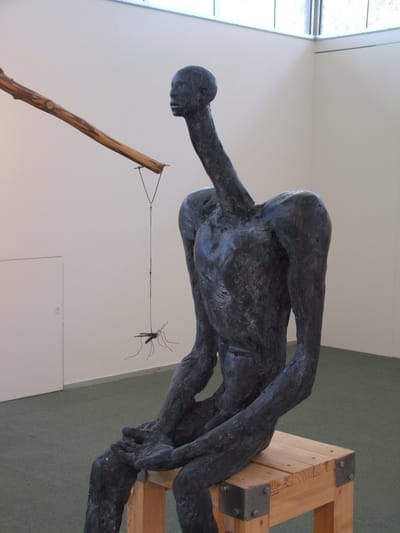
Further information regarding Graham Lang's art, including works for sale, exhibitions, artist statements, etc., can be accessed through Despard Gallery, Hobart:
www.despard-gallery.com.au
hobart@despard-gallery.com.au
Graham can also be contacted at:
graham.lang17@gmail.com
